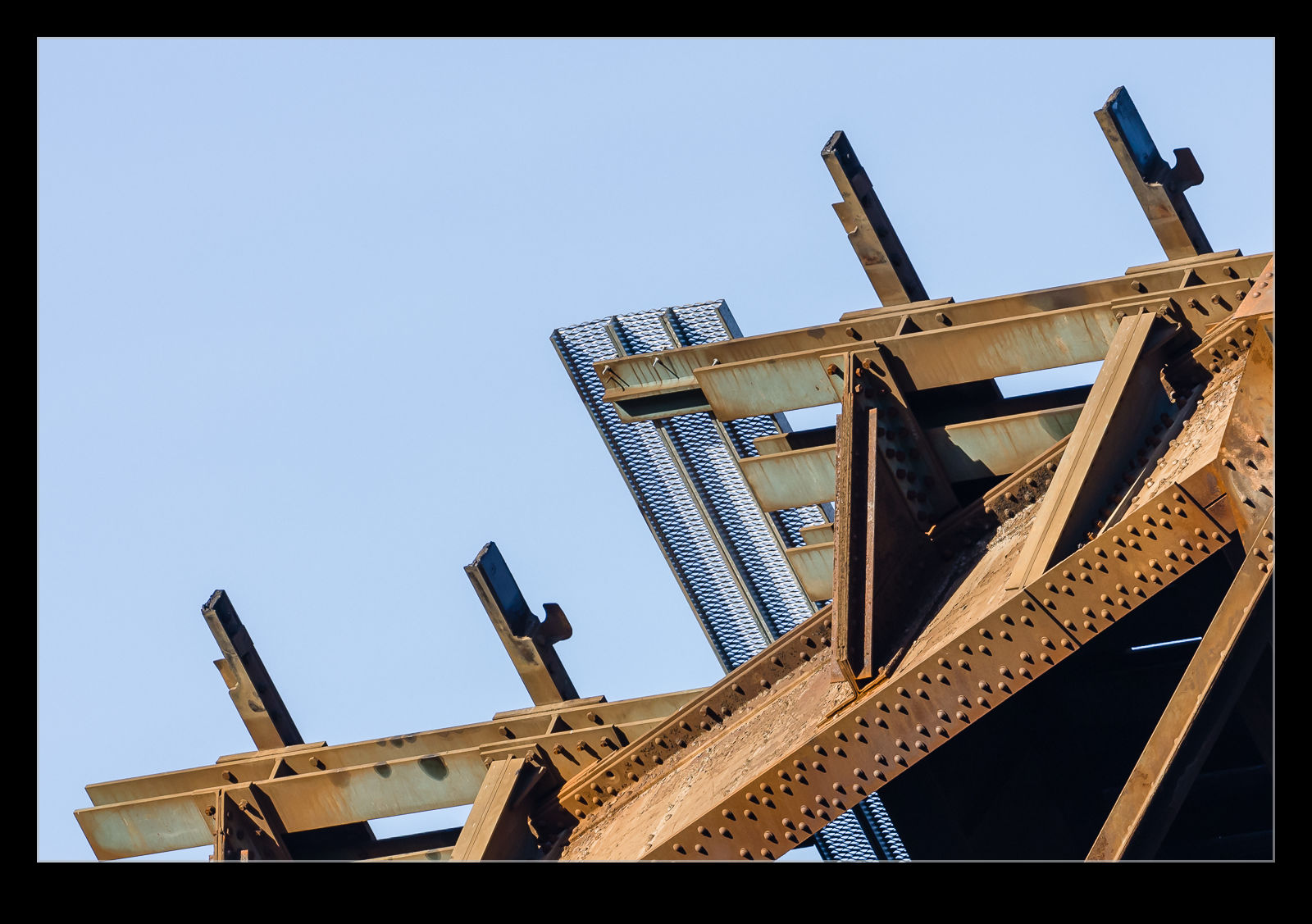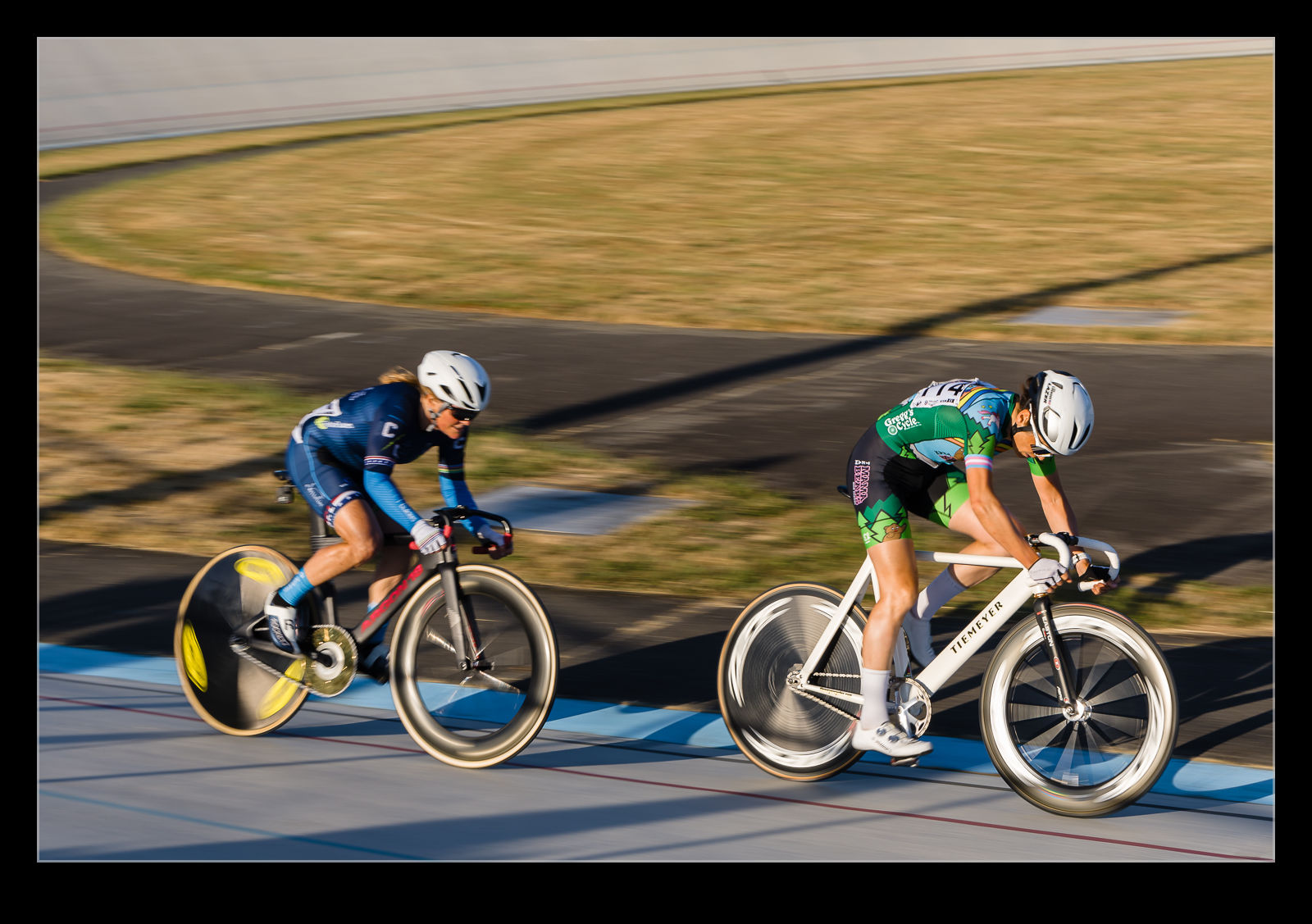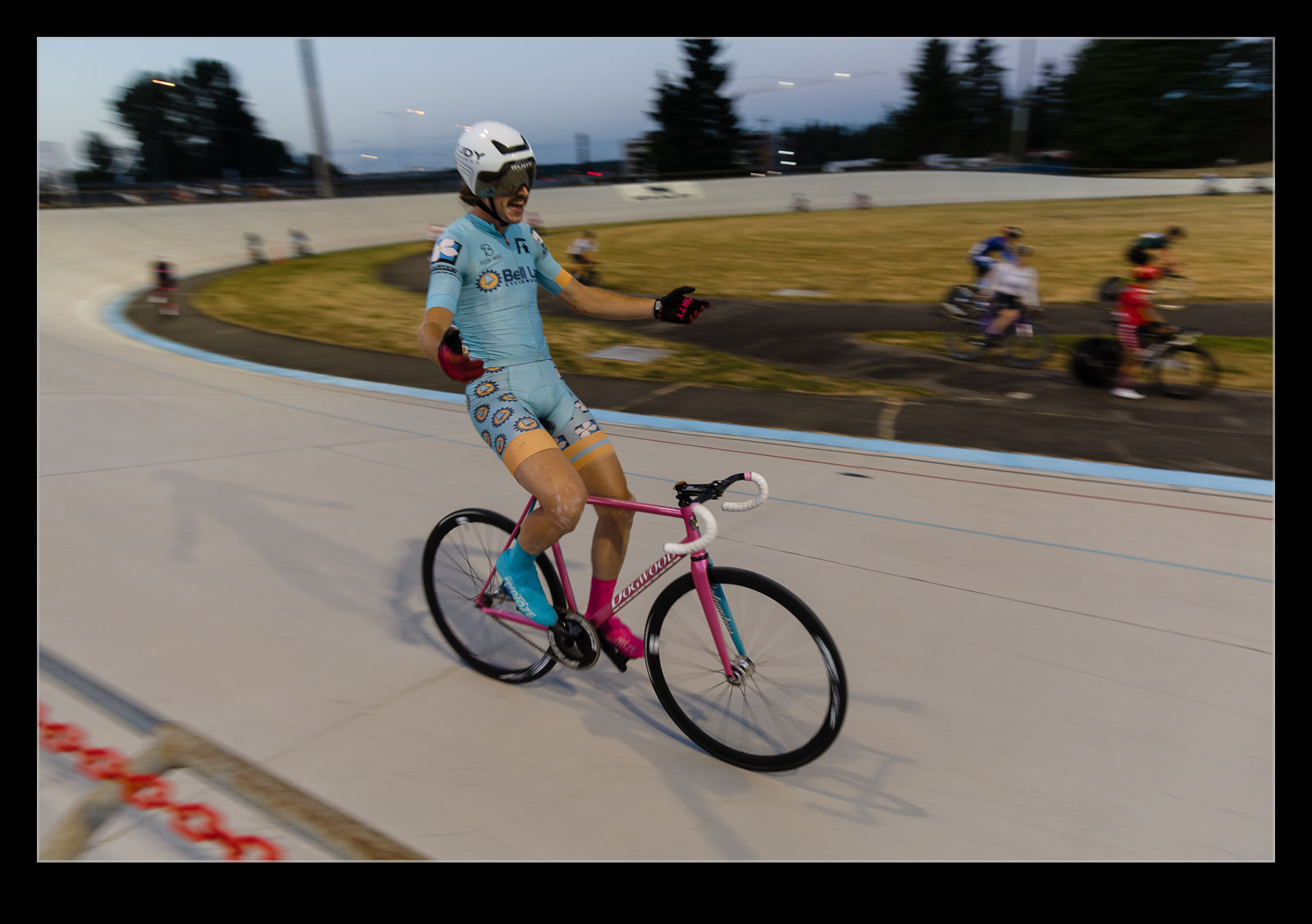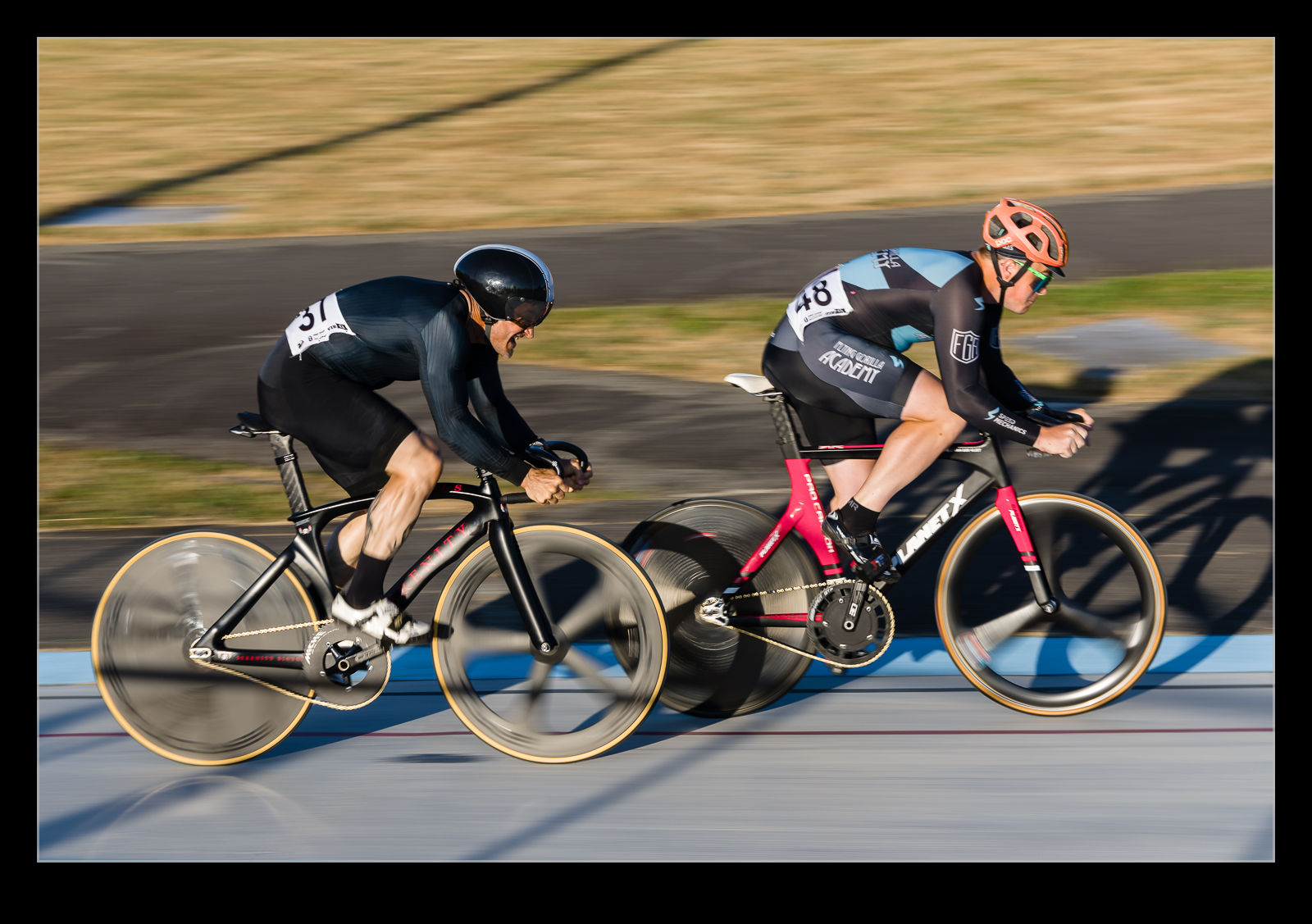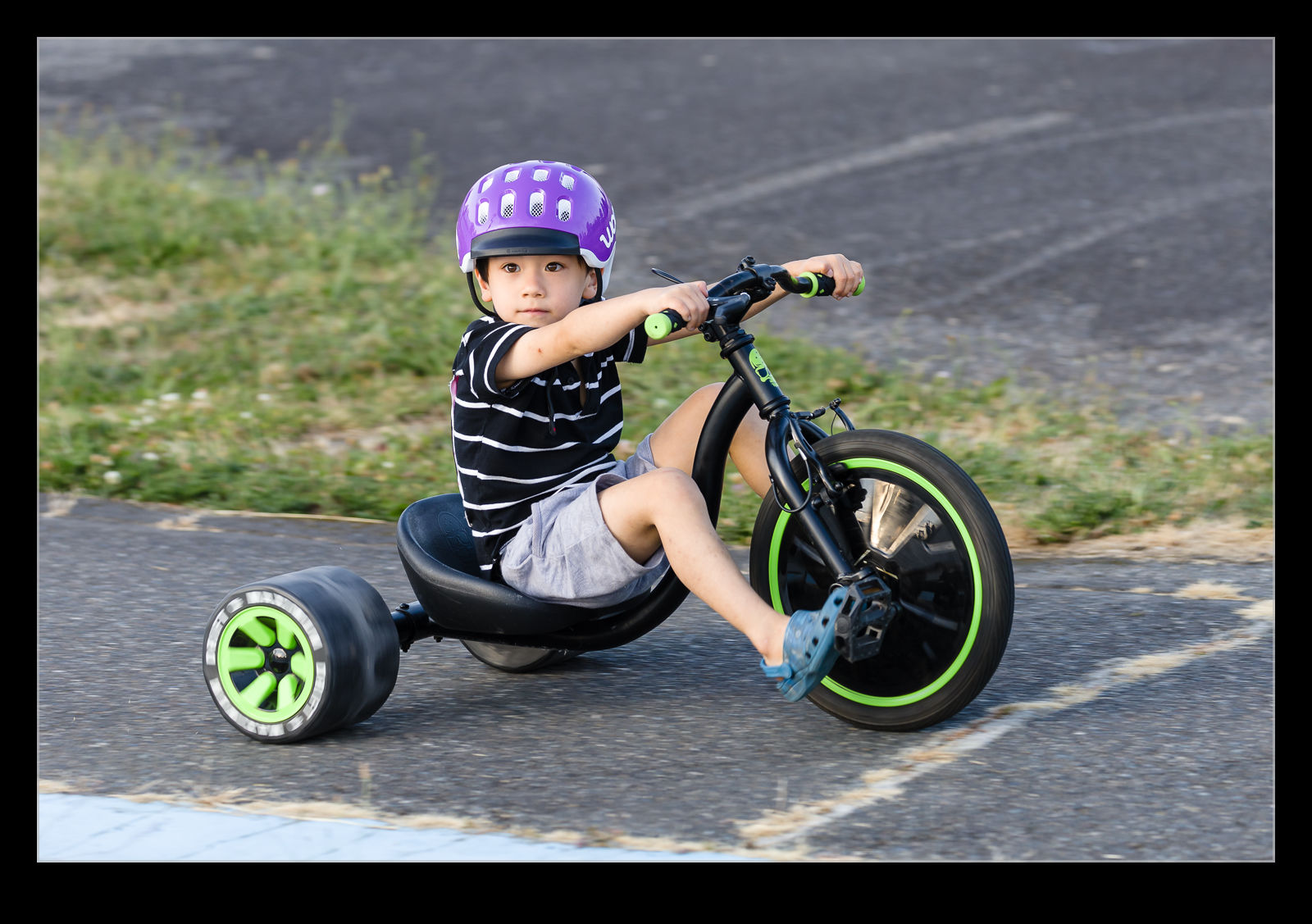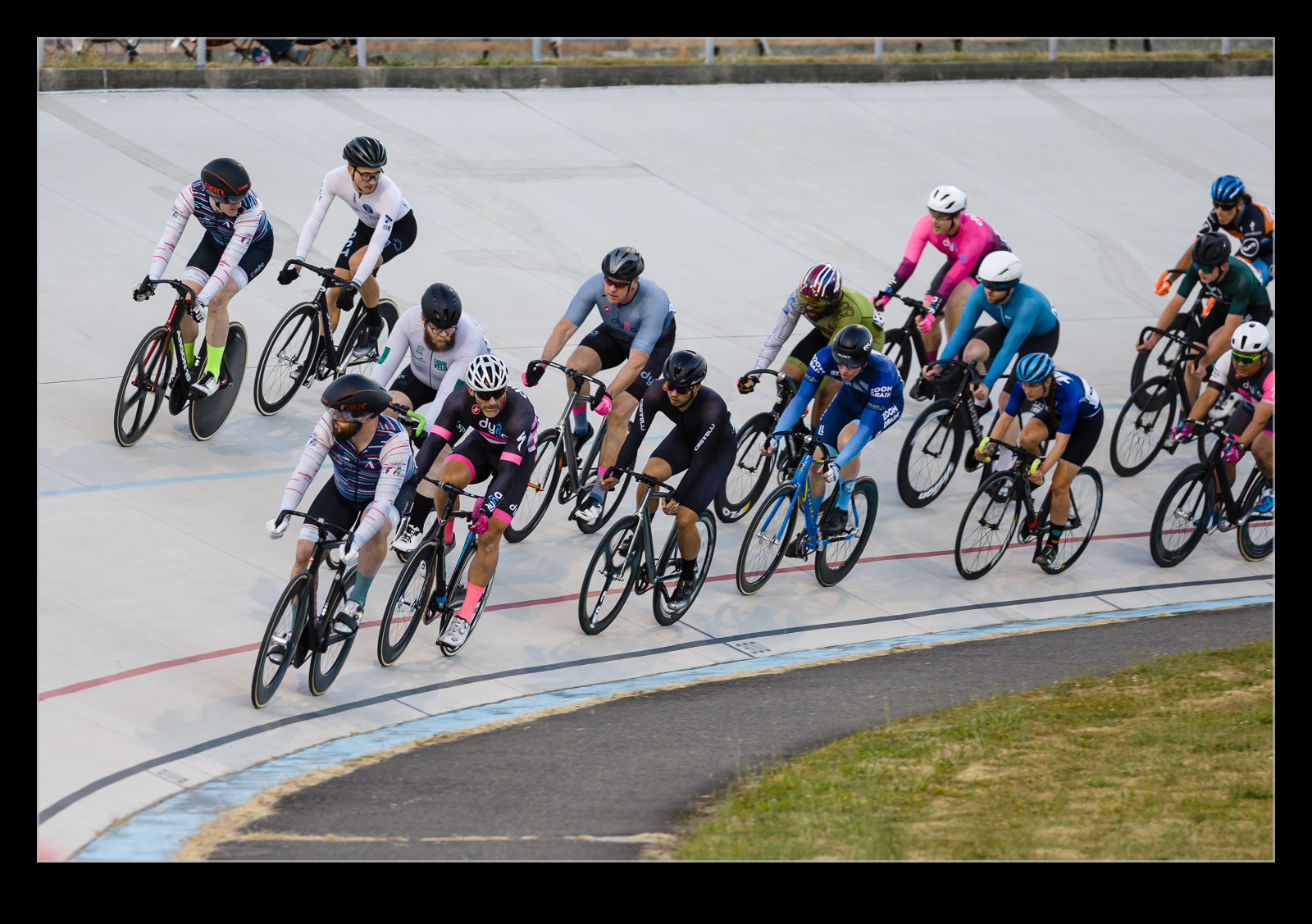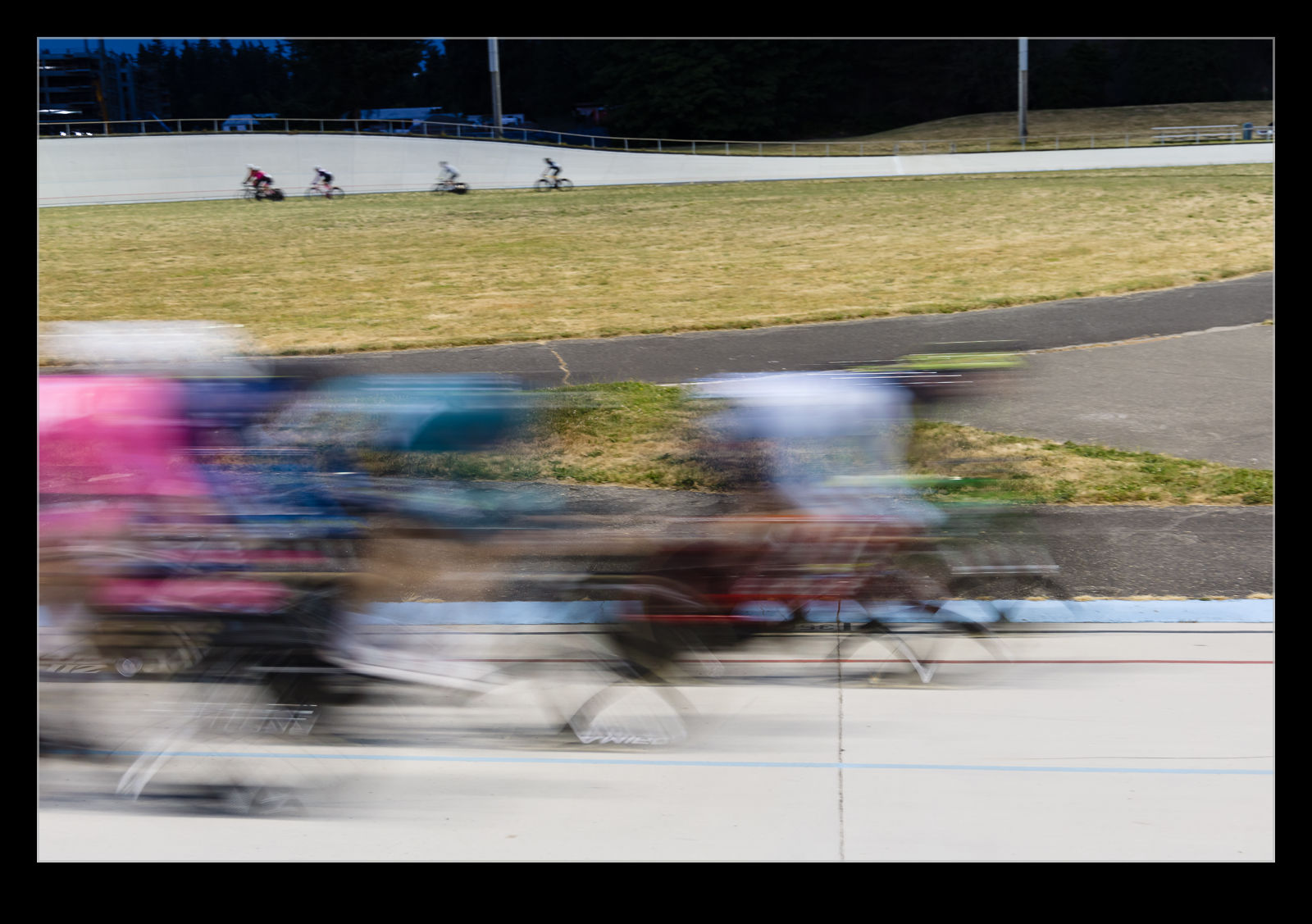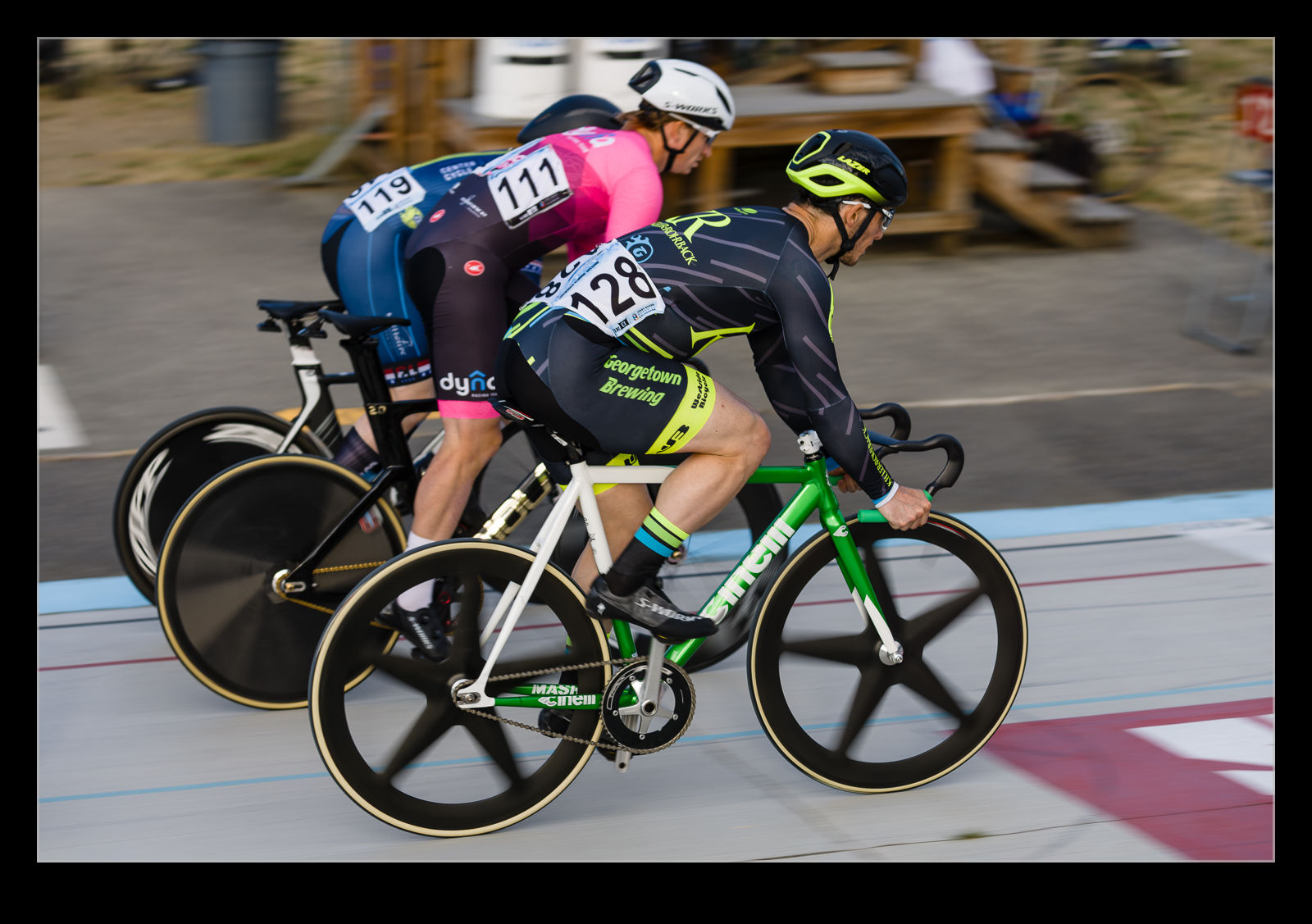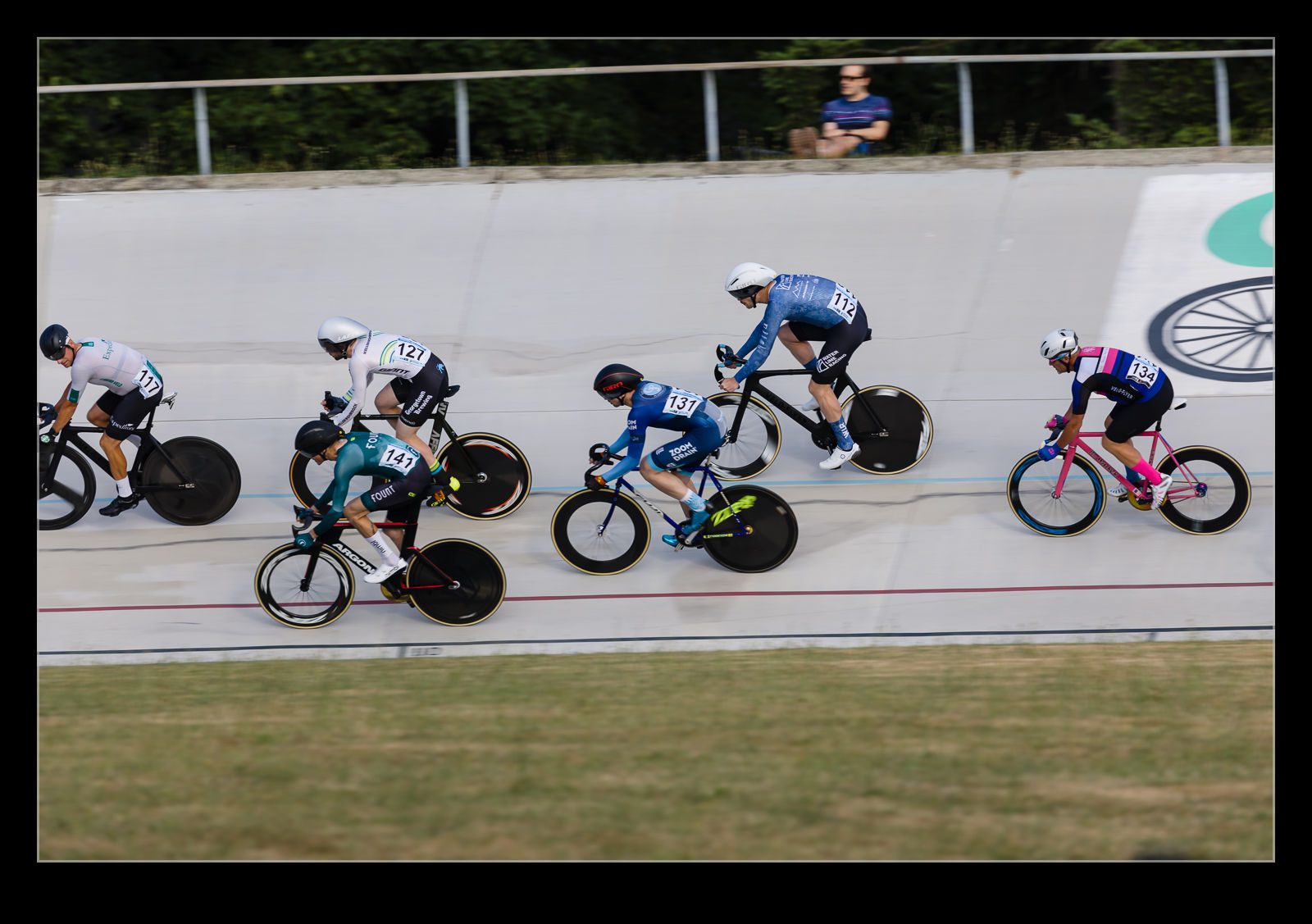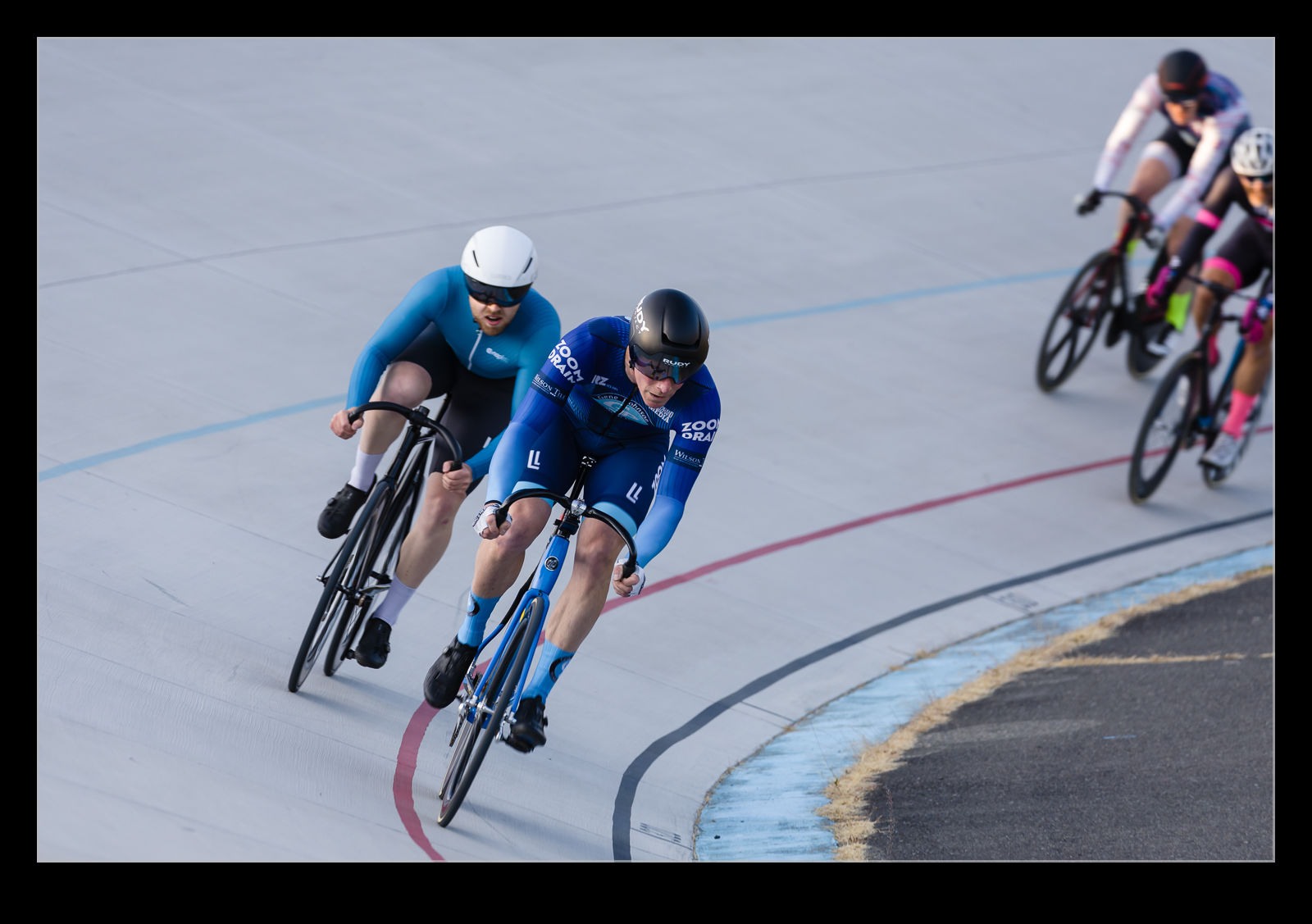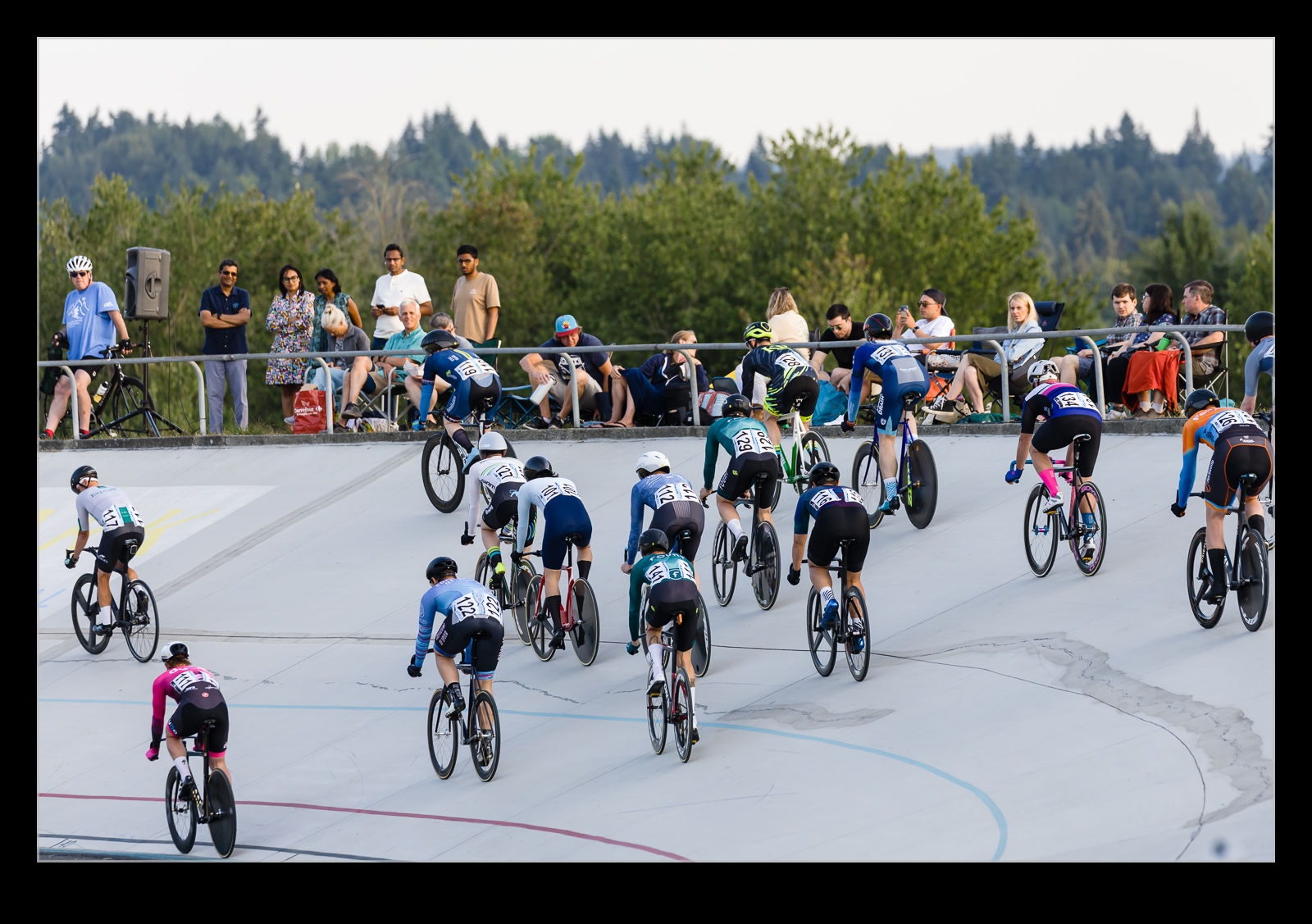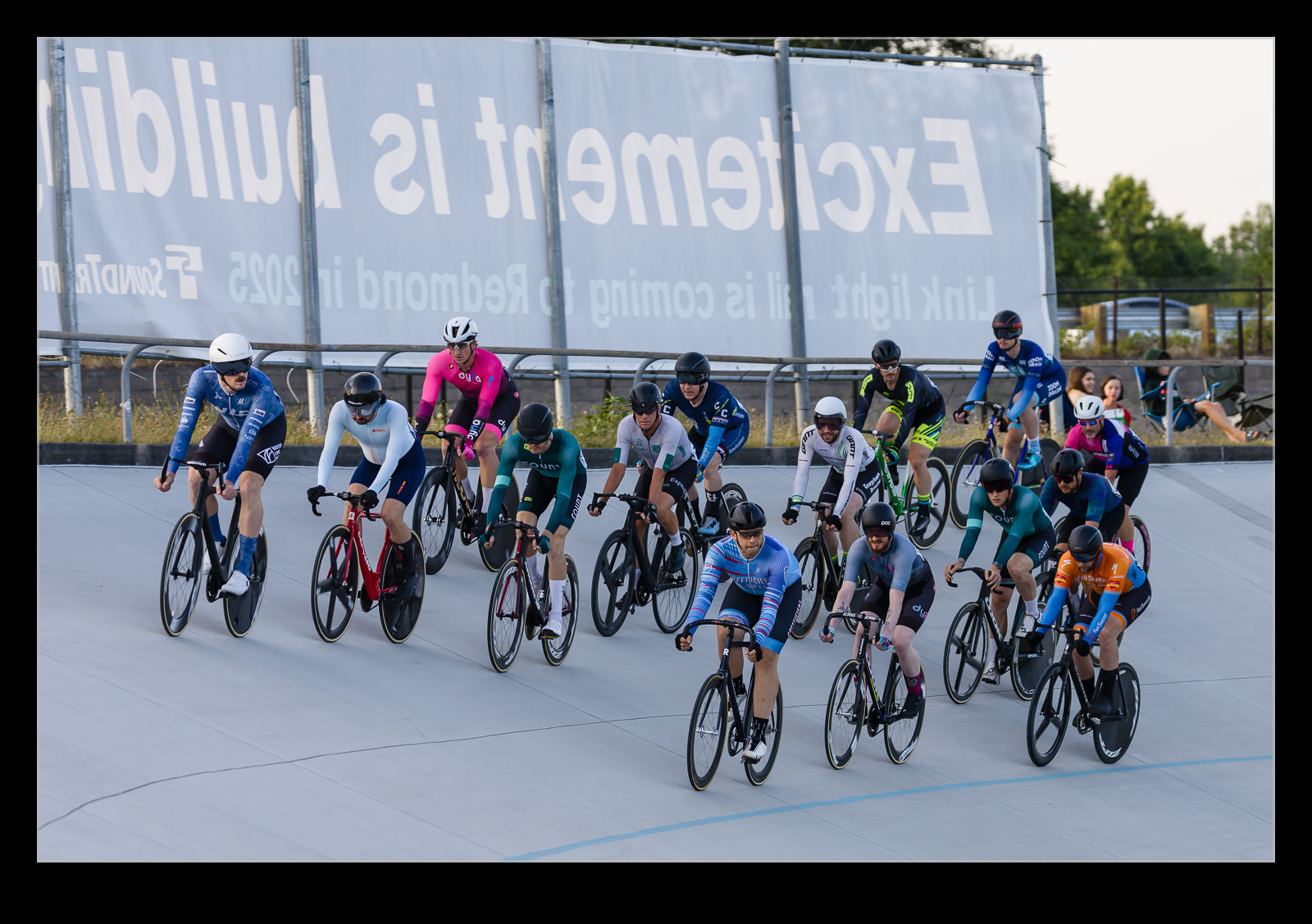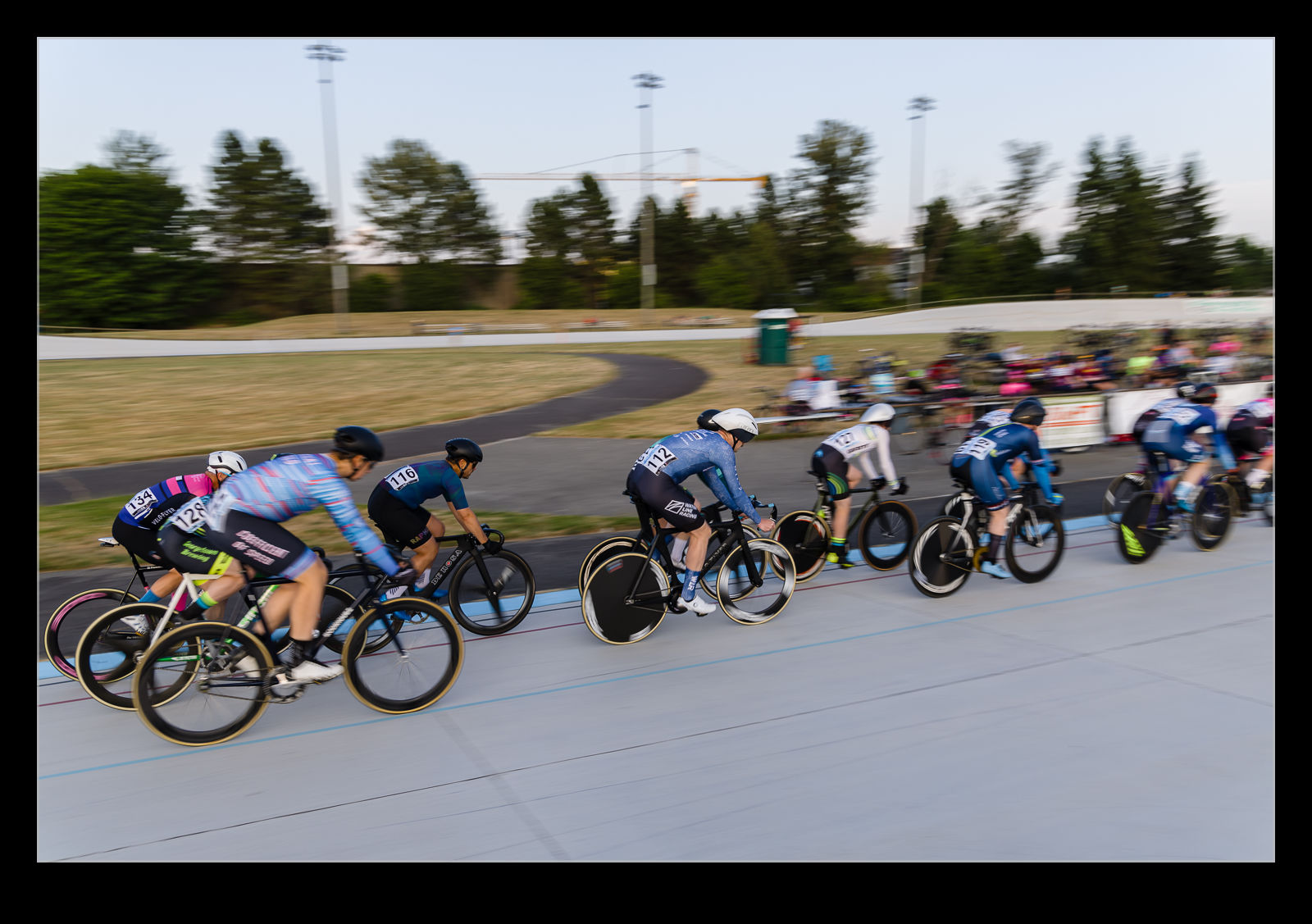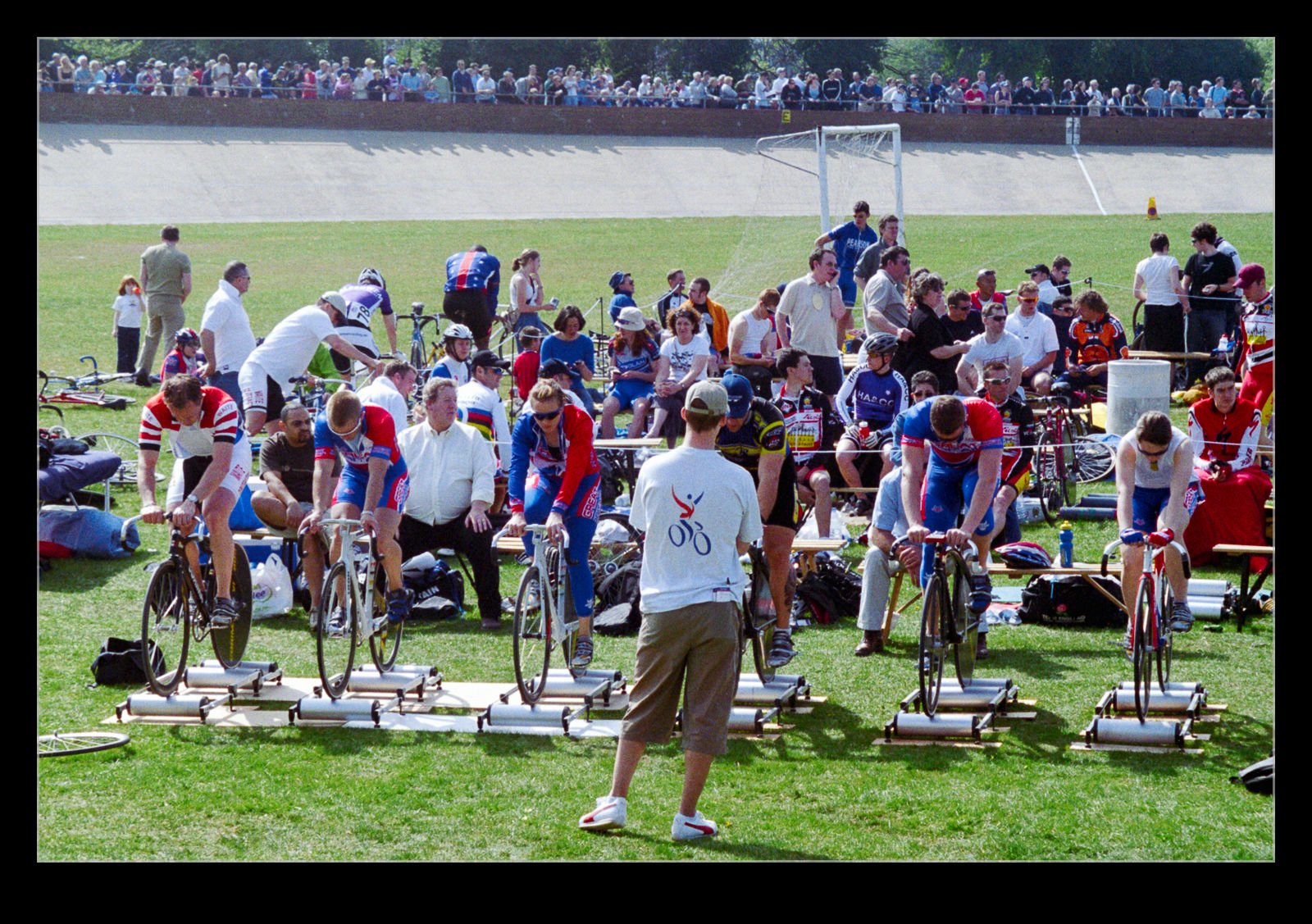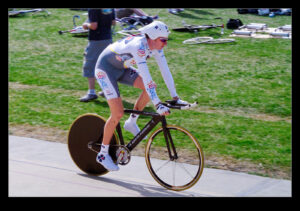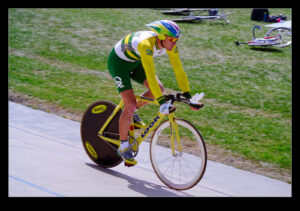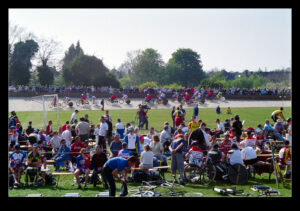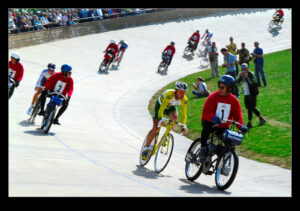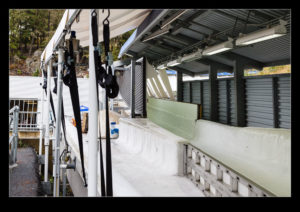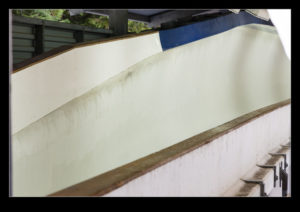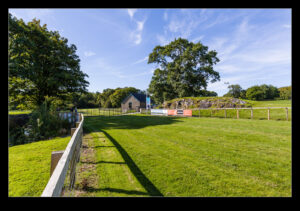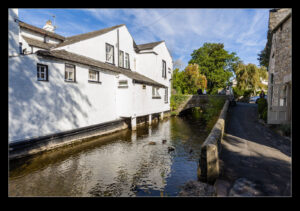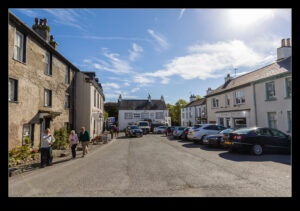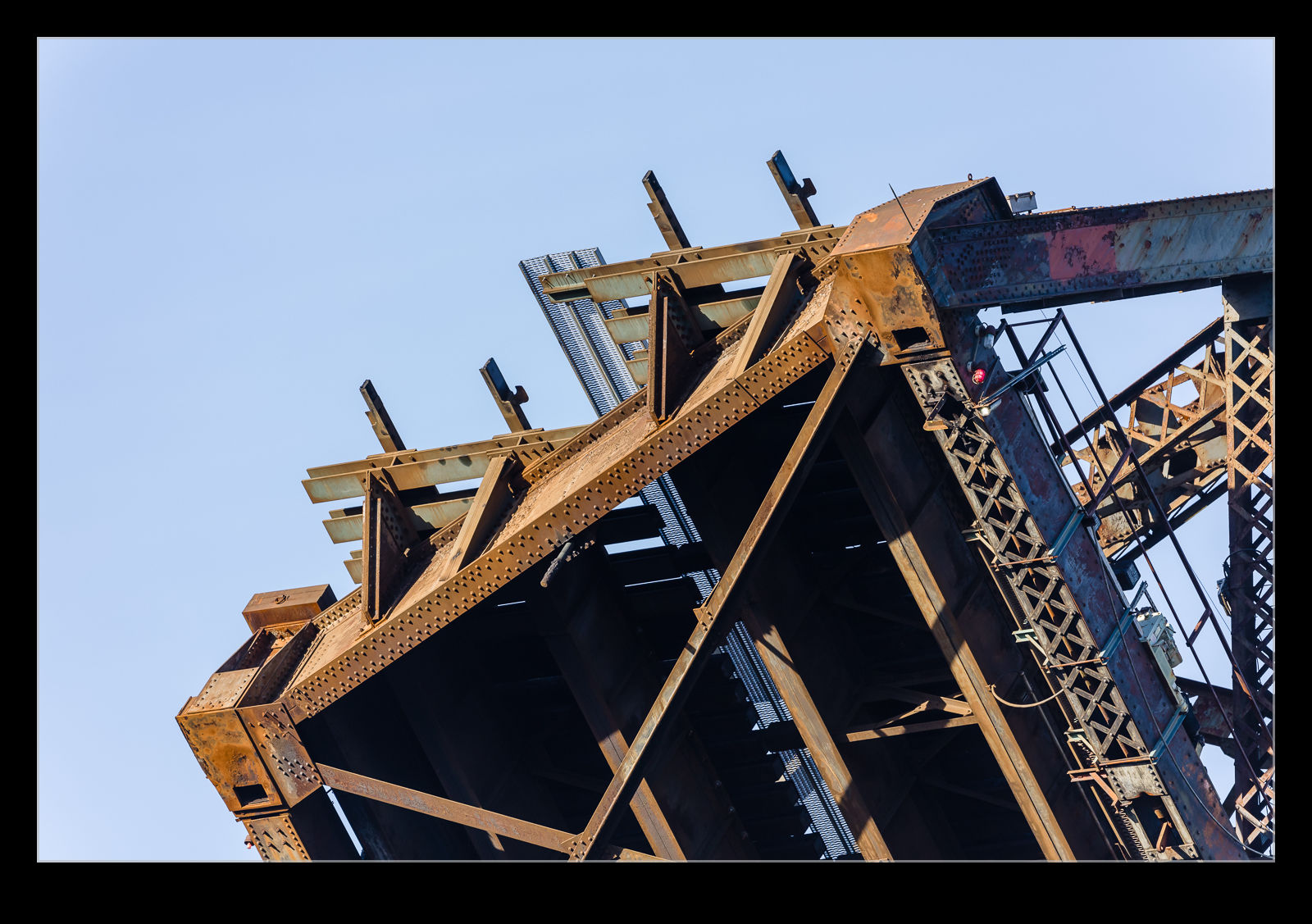 The railway that runs from Seattle up to Everett and either on to Vancouver or east across the Cascades crosses a bridge that is just outside the locks at Ballard. The bridge is a bascule bridge and, since there is quite regular boat traffic including sailing boats with high masts, it is frequently opened. The low winter light does a nice job of illuminating the underside of the deck of the bridge when it is open. I was more interested in the shapes at the end of the bridge where the rails end. They are clearly shaped to interlock with the opposite rails on the bridge approach and also to have a shape which allows the wheels to smoothly pass over without some sudden impact forces. As they stand up in the air, they strike me as rather fascinating.
The railway that runs from Seattle up to Everett and either on to Vancouver or east across the Cascades crosses a bridge that is just outside the locks at Ballard. The bridge is a bascule bridge and, since there is quite regular boat traffic including sailing boats with high masts, it is frequently opened. The low winter light does a nice job of illuminating the underside of the deck of the bridge when it is open. I was more interested in the shapes at the end of the bridge where the rails end. They are clearly shaped to interlock with the opposite rails on the bridge approach and also to have a shape which allows the wheels to smoothly pass over without some sudden impact forces. As they stand up in the air, they strike me as rather fascinating.
Tag Archives: track
The Racers Doing Their Thing
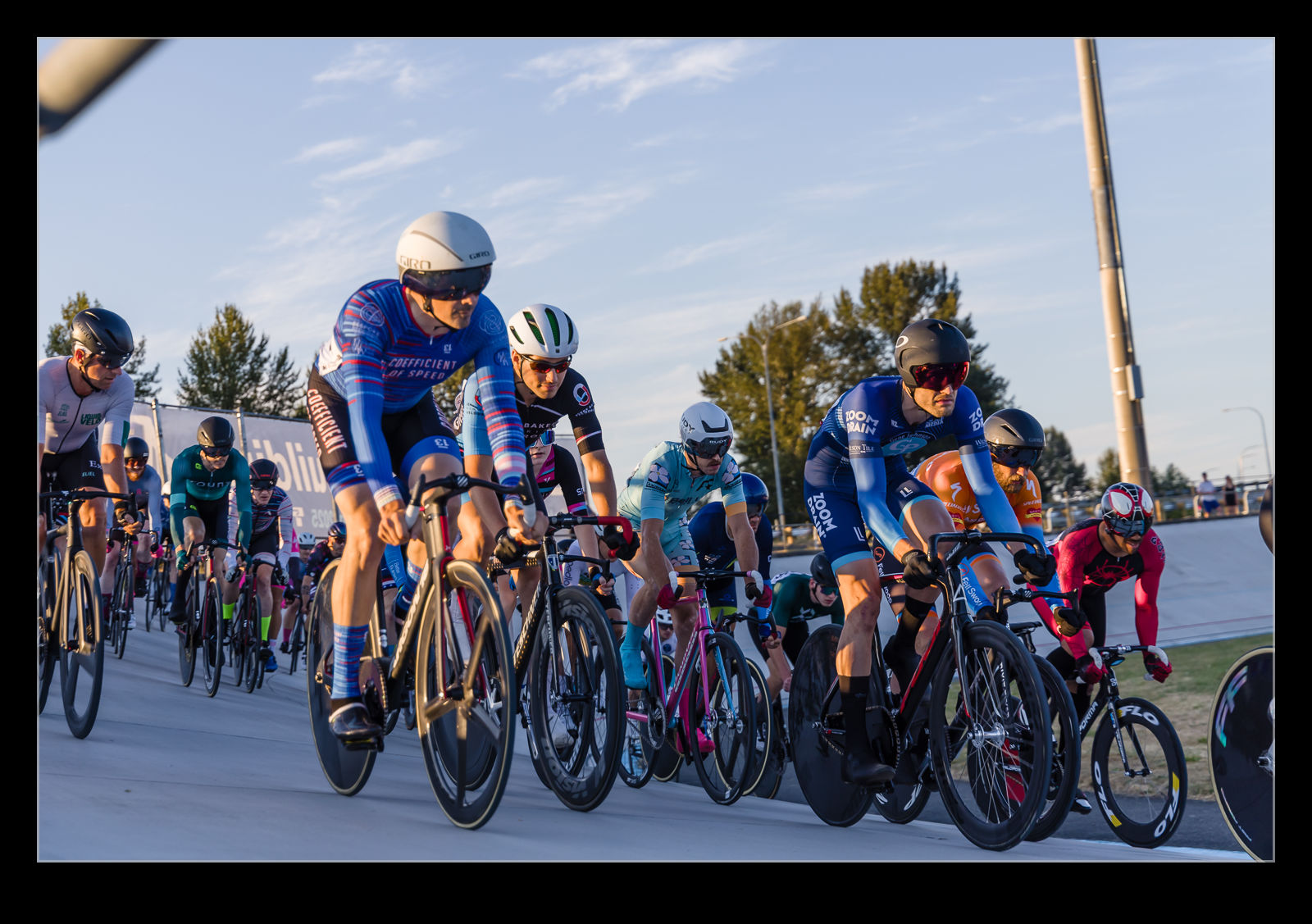 In a recent post, I shared some shots of an evening at the Jerry Baker Velodrome in Marymoor Park, Redmond. We had a good time enjoying the racing, the food and the beer and, a couple of weeks later, they were holding a large meet with many international riders taking part. This seemed like it would be worth a follow up visit. That proved to be a good choice. The size of the field made for much interesting racing and some drama.
In a recent post, I shared some shots of an evening at the Jerry Baker Velodrome in Marymoor Park, Redmond. We had a good time enjoying the racing, the food and the beer and, a couple of weeks later, they were holding a large meet with many international riders taking part. This seemed like it would be worth a follow up visit. That proved to be a good choice. The size of the field made for much interesting racing and some drama.
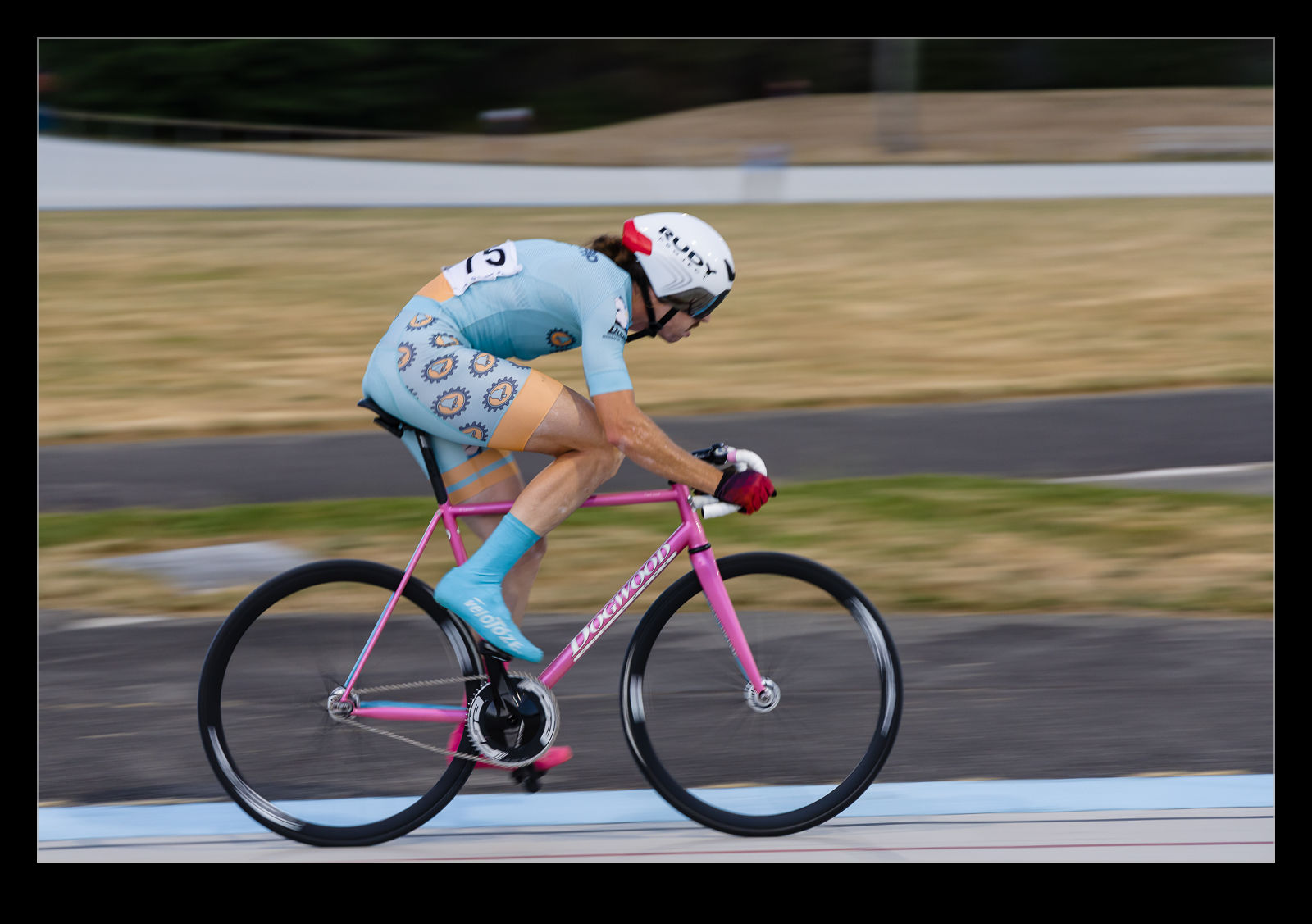 Getting there proved a touch more difficult because a concert was also on at Marymoor Park but we made it in before the events got underway, so all was good. The quality of some of the athletes was impressive. In one race, a breakaway was well established for a large part of the race and I thought there was no way that they would be pulled back. However, I was mistaken. With only a couple of laps to go, a few broke away from the pack and bridged the gap to overhaul the breakaway with what seemed like ridiculous ease. Most impressive.
Getting there proved a touch more difficult because a concert was also on at Marymoor Park but we made it in before the events got underway, so all was good. The quality of some of the athletes was impressive. In one race, a breakaway was well established for a large part of the race and I thought there was no way that they would be pulled back. However, I was mistaken. With only a couple of laps to go, a few broke away from the pack and bridged the gap to overhaul the breakaway with what seemed like ridiculous ease. Most impressive.
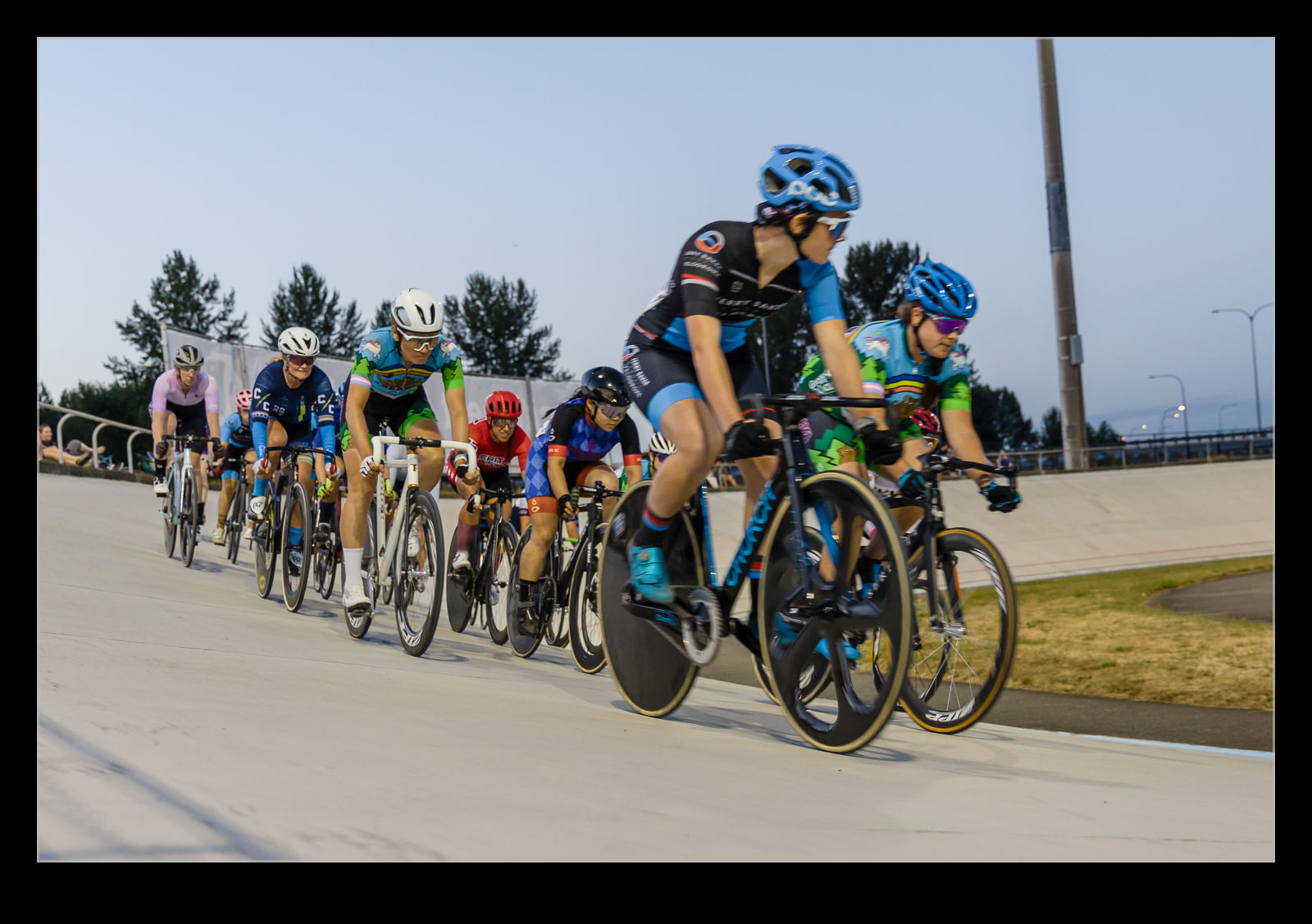 There were some riders that were clearly in a league above. You could see them managing their performance through the races, coming to the front for a while, biding their time for much of the race and then turning on the power when it was required to come home with the win. Other riders went off on solo breaks which got them some time at the front but, by the end of the race, it was clear that they had burned themselves out. It made for a lot of fun to watch so I am grateful for the effort that they all made.
There were some riders that were clearly in a league above. You could see them managing their performance through the races, coming to the front for a while, biding their time for much of the race and then turning on the power when it was required to come home with the win. Other riders went off on solo breaks which got them some time at the front but, by the end of the race, it was clear that they had burned themselves out. It made for a lot of fun to watch so I am grateful for the effort that they all made.
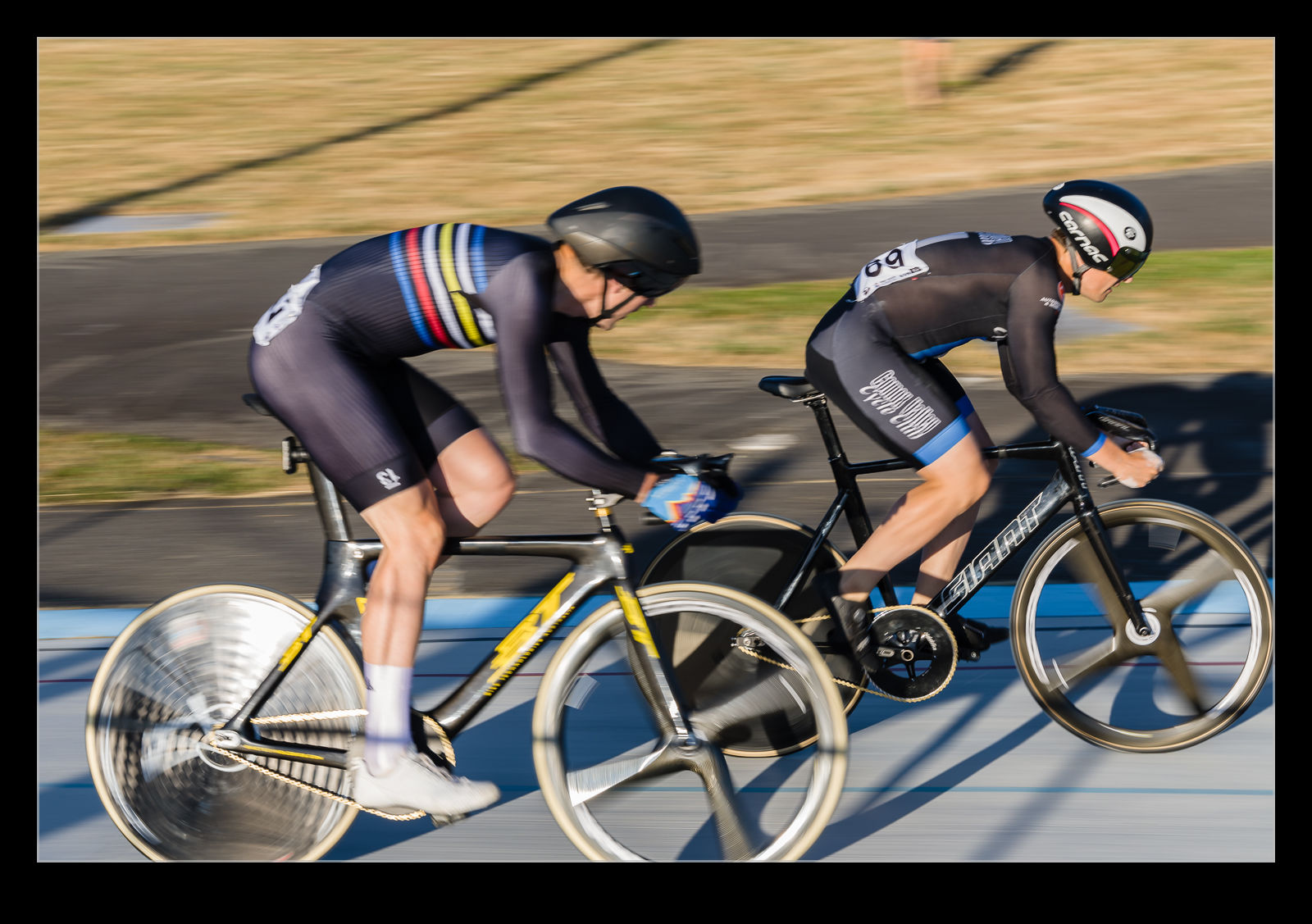 Another top evening out. The food truck may not have been quite so good, but the beer was still excellent, and the racing was a blast. We shall see when we can next get down there to watch some more.
Another top evening out. The food truck may not have been quite so good, but the beer was still excellent, and the racing was a blast. We shall see when we can next get down there to watch some more.
Friday Night at the Velodrome
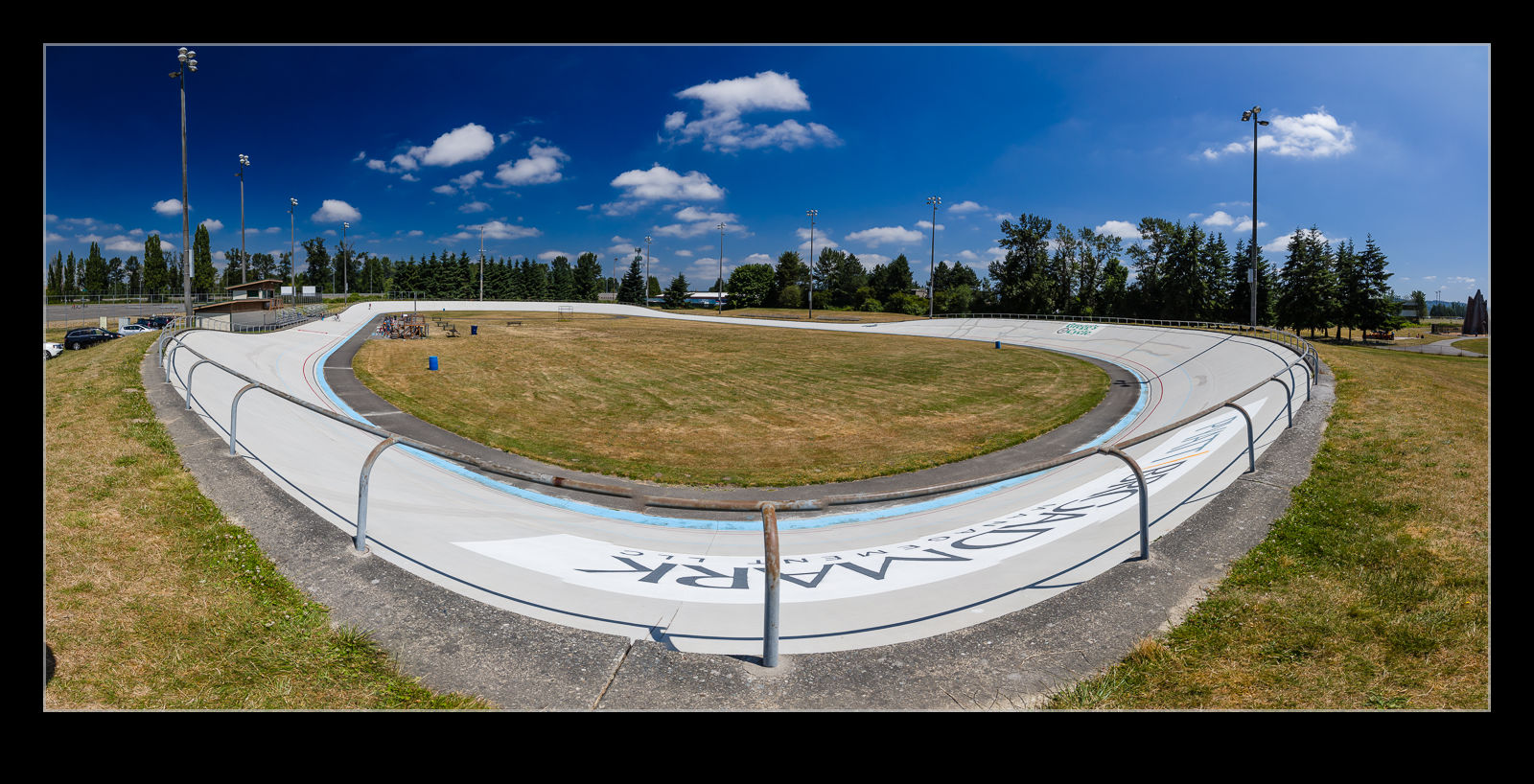 I persuaded Nancy that a fun Friday evening could be had in Marymoor Park if we went to watch some track cycle racing. Not sure how I managed that, but the food trucks and beer garden might have swung it for me. Jerry Baker Memorial Velodrome is located in the park and is the last velodrome available in the Pacific Northwest of the US. It attracts lots of riders as a result. It is ages since I last went to a velodrome to watch racing, so I was looking forward to it. The Nationals were on in California, so some of the regular racers were away but there were still plenty of competitors out.
I persuaded Nancy that a fun Friday evening could be had in Marymoor Park if we went to watch some track cycle racing. Not sure how I managed that, but the food trucks and beer garden might have swung it for me. Jerry Baker Memorial Velodrome is located in the park and is the last velodrome available in the Pacific Northwest of the US. It attracts lots of riders as a result. It is ages since I last went to a velodrome to watch racing, so I was looking forward to it. The Nationals were on in California, so some of the regular racers were away but there were still plenty of competitors out.
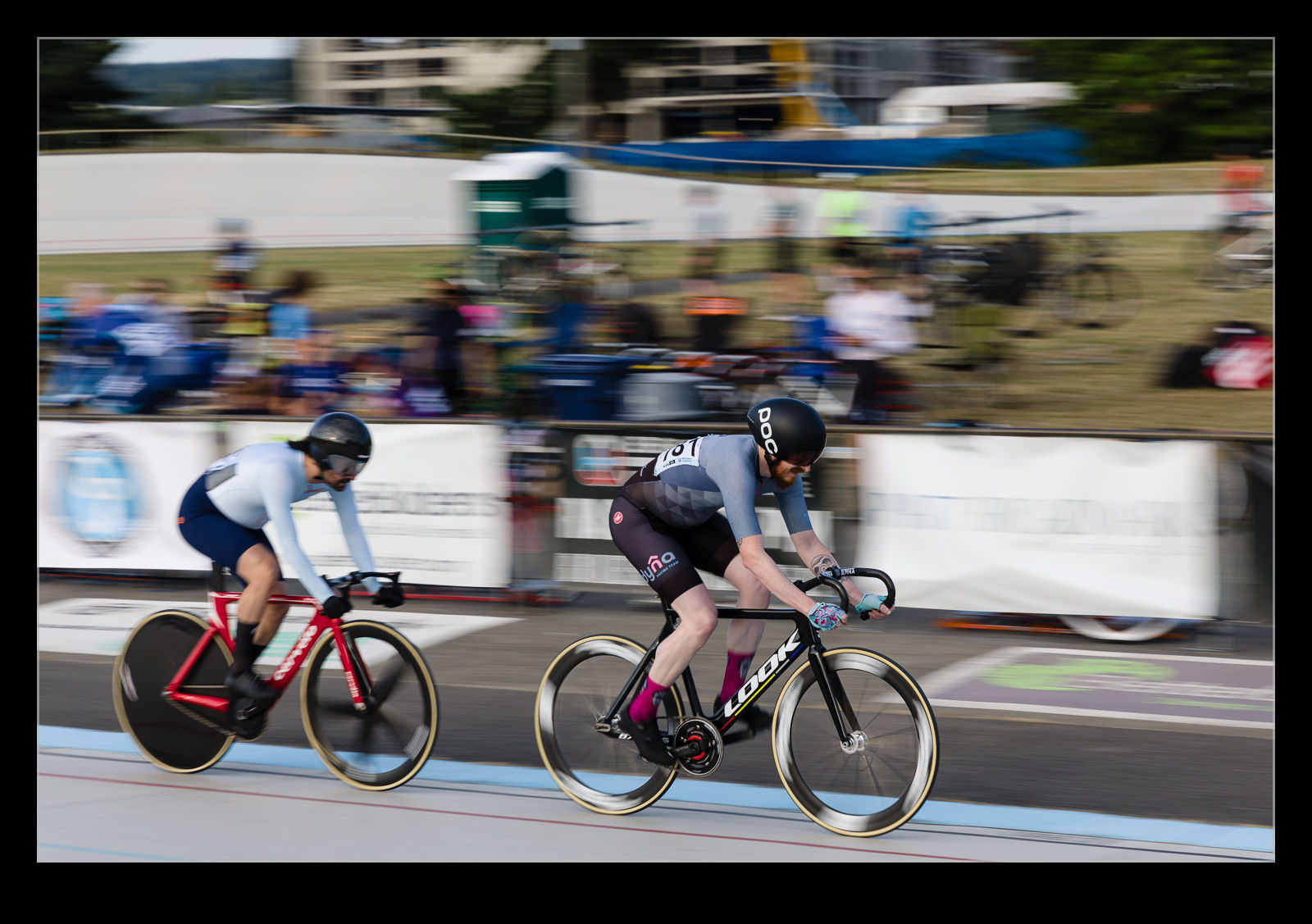 I shall share some examples of the wider view of the arena, the competitors and the spectators for now. Some more racing specific shots will come in a separate post. It was a great evening with lovely weather (and great food and beer), and I think we both enjoyed it. The racing was well structured to keep it entertaining, and they even had races for the kids. The star of that show was a kid with a big wheel! It was all I could do not to reference respecting my “authoritie”.
I shall share some examples of the wider view of the arena, the competitors and the spectators for now. Some more racing specific shots will come in a separate post. It was a great evening with lovely weather (and great food and beer), and I think we both enjoyed it. The racing was well structured to keep it entertaining, and they even had races for the kids. The star of that show was a kid with a big wheel! It was all I could do not to reference respecting my “authoritie”.
Herne Hill Good Friday Meet 2003
 Not long before we left the UK, I finally got around to doing something I had meant to do many times and always forgot about until it was too late. A visit to the Good Friday meet at the velodrome in Herne Hill. Since it was south London, it was a pretty easy place to get to by train so no need to fight the traffic in to Town. It was a big deal in those days – maybe it still is – and it attracted a great selection of riders. Some pros showed up to race or to be seen. David Millar was there being interviewed but didn’t race. I was really pleased to see Stuart O’Grady, I rider I really enjoyed watching race.
Not long before we left the UK, I finally got around to doing something I had meant to do many times and always forgot about until it was too late. A visit to the Good Friday meet at the velodrome in Herne Hill. Since it was south London, it was a pretty easy place to get to by train so no need to fight the traffic in to Town. It was a big deal in those days – maybe it still is – and it attracted a great selection of riders. Some pros showed up to race or to be seen. David Millar was there being interviewed but didn’t race. I was really pleased to see Stuart O’Grady, I rider I really enjoyed watching race.
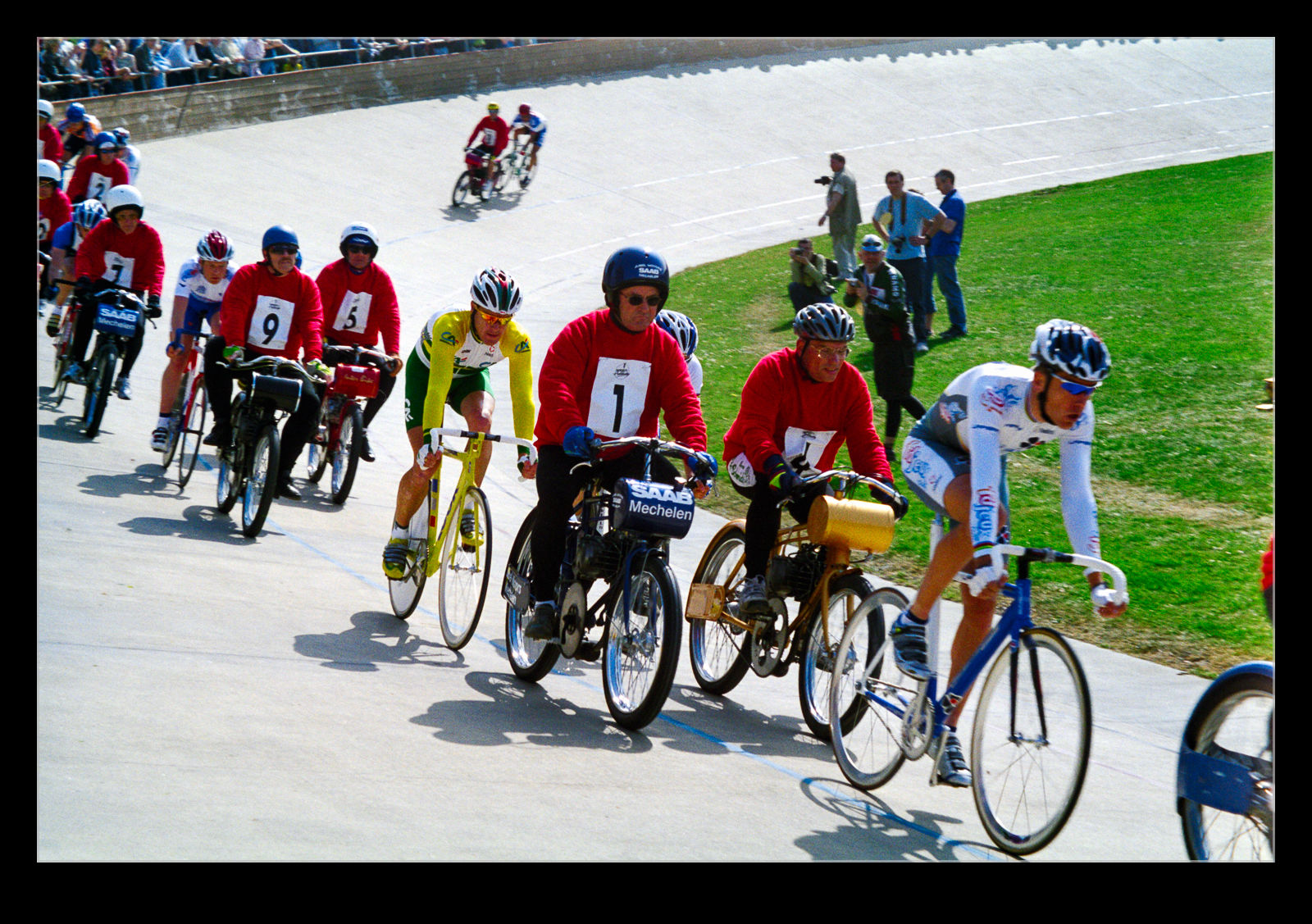 The track scene had a selection of established stars and up and comers that I new about vaguely from reading Cycling Weekly. Chris Newton was a big deal in those days although he never became a widely known cyclist. However, there were two young guys competing that day that I knew were pretty good. I didn’t know they would go on to better things. One was a chubby young sprinter called Chris Hoy. The other was a good pursuiter called Bradley Wiggins. Olympic and Tour de France glory awaited them later in their careers. I was very tempted by one of the t-shirts on sale that day. It said “I’m not fat, I’m a sprinter!”. If you’ve ever seen the physique of some of the fastest sprinters, you would find this funny.
The track scene had a selection of established stars and up and comers that I new about vaguely from reading Cycling Weekly. Chris Newton was a big deal in those days although he never became a widely known cyclist. However, there were two young guys competing that day that I knew were pretty good. I didn’t know they would go on to better things. One was a chubby young sprinter called Chris Hoy. The other was a good pursuiter called Bradley Wiggins. Olympic and Tour de France glory awaited them later in their careers. I was very tempted by one of the t-shirts on sale that day. It said “I’m not fat, I’m a sprinter!”. If you’ve ever seen the physique of some of the fastest sprinters, you would find this funny.
Snowcoach Adventures
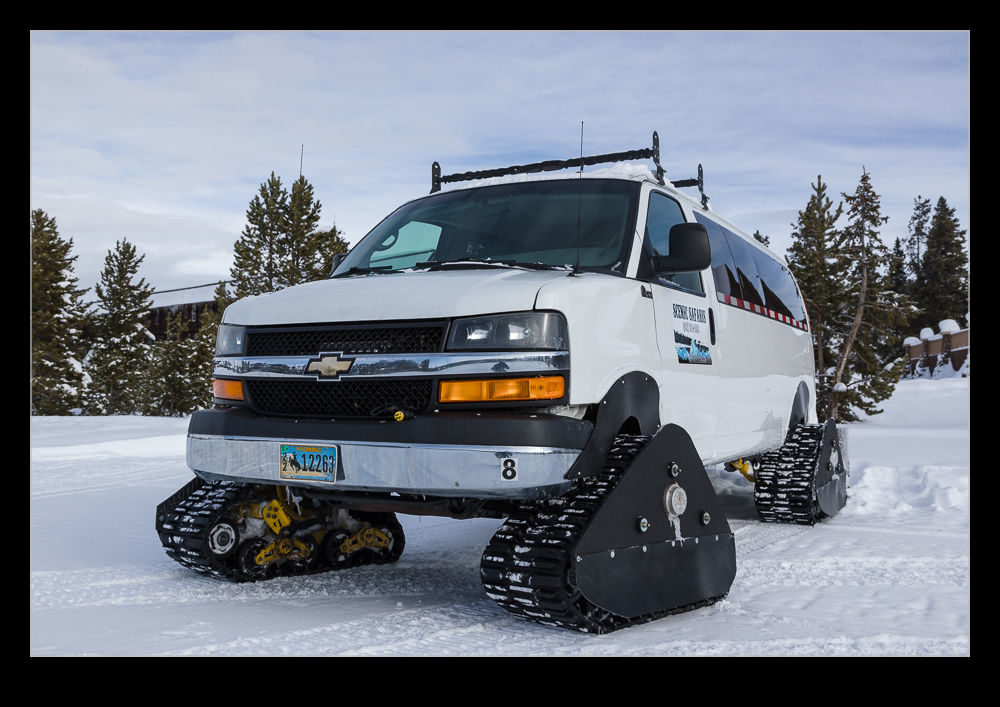
For my birthday, Nancy took me on a trip to Jackson Hole. Part of the trip was a journey in to Yellowstone National park in a snowcoach. The snowcoaches are modified vehicles to handle to snowy terrain. They come in two main forms. One is the tracked vehicle and the other is based on monster truck tires. The one we took was tracked. It was a pretty standard van design with four wheel drive but the wheels had been removed and replaced with triangular track arrangements called Mattracks. These can deal with pretty much any snow. The only downside is that they are a bit noisy, not too fast and boy do they guzzle fuel. One our trip we stopped for fuel twice and were pretty low by the time we got back.
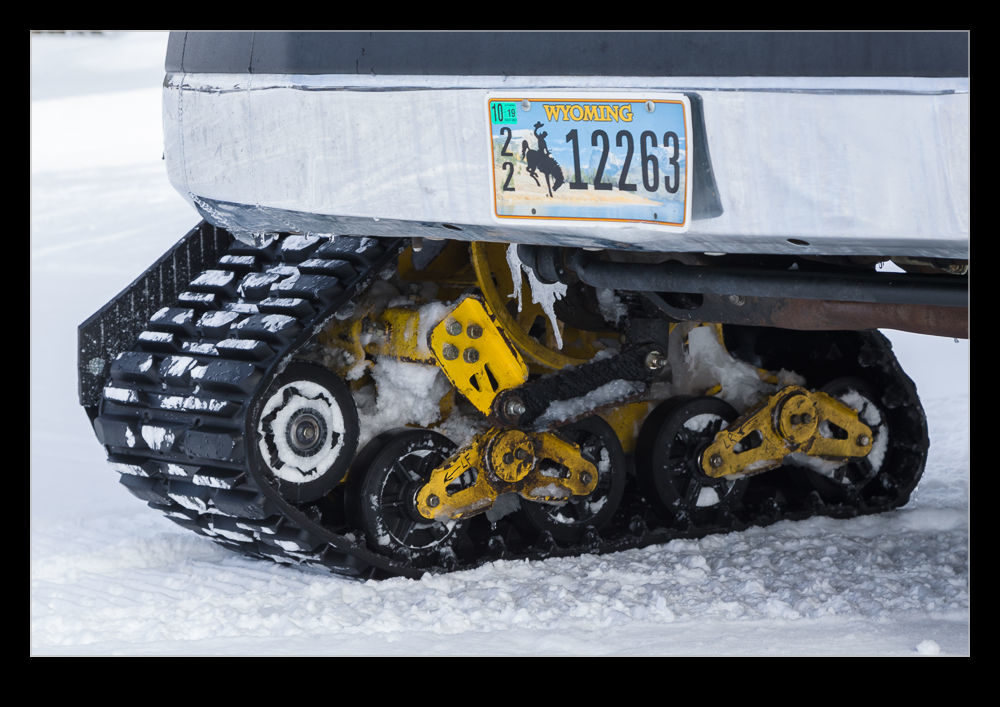
We also saw some of the other vehicles out and about. The monster truck tired vehicles can attain better speeds and efficiency (plus the maintenance is so much lower) but they are not as reliable in dealing with the worst of the conditions. However, they do seem to be the way that everyone is going. Our guide told us the tracked vehicles are gradually being replaced. It should be noted that, after the winter, the tracks are taken off and they revert to normal road use.
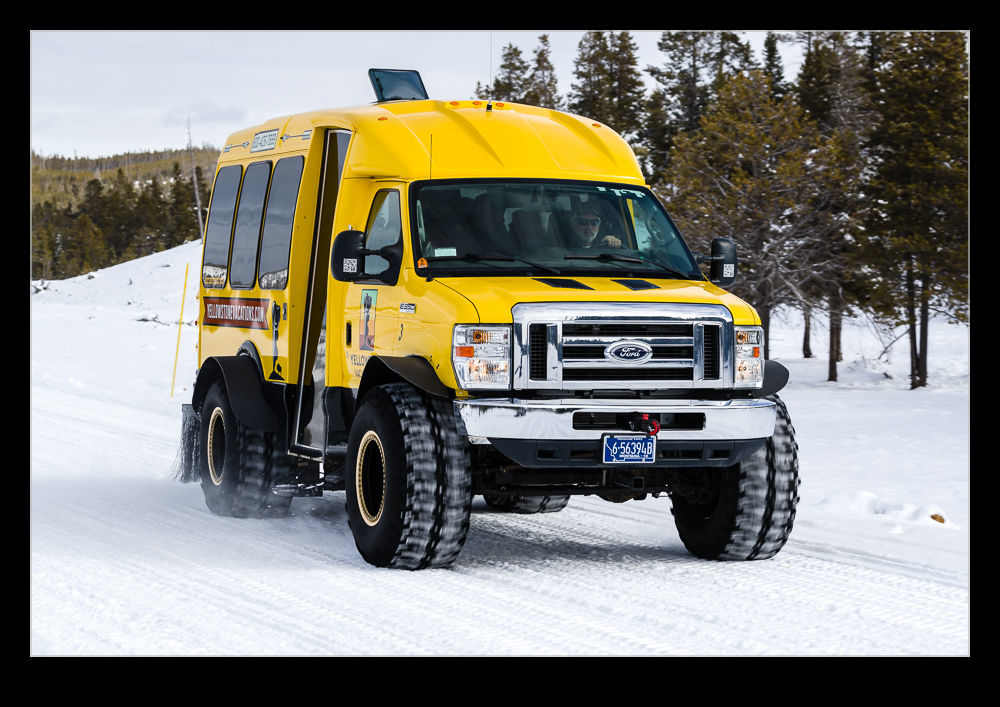
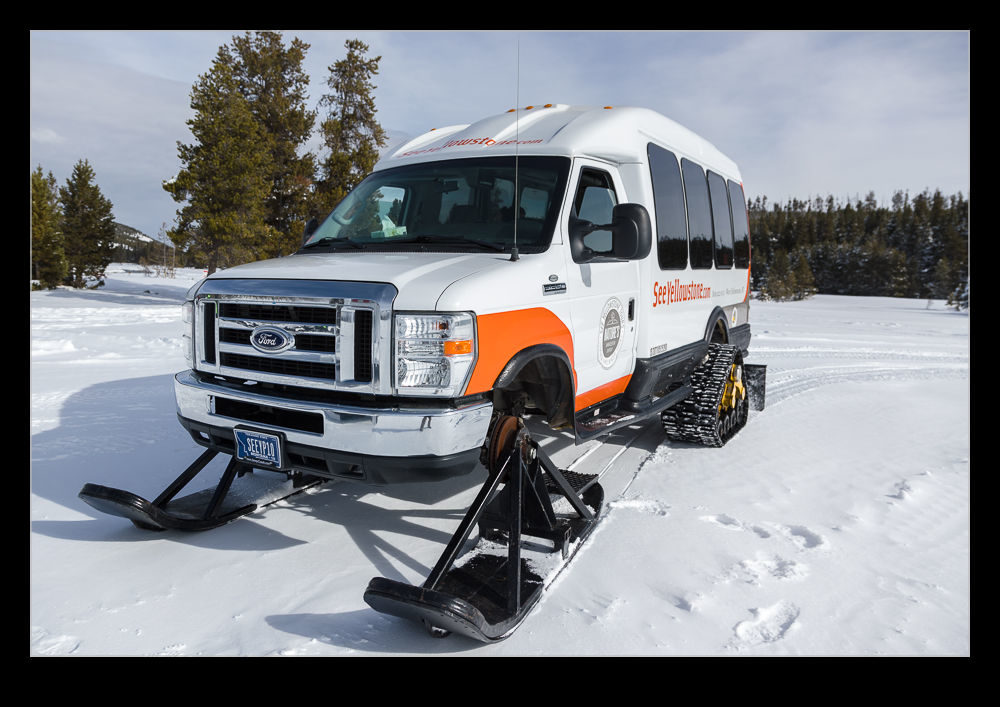
Whistler Sliding Centre
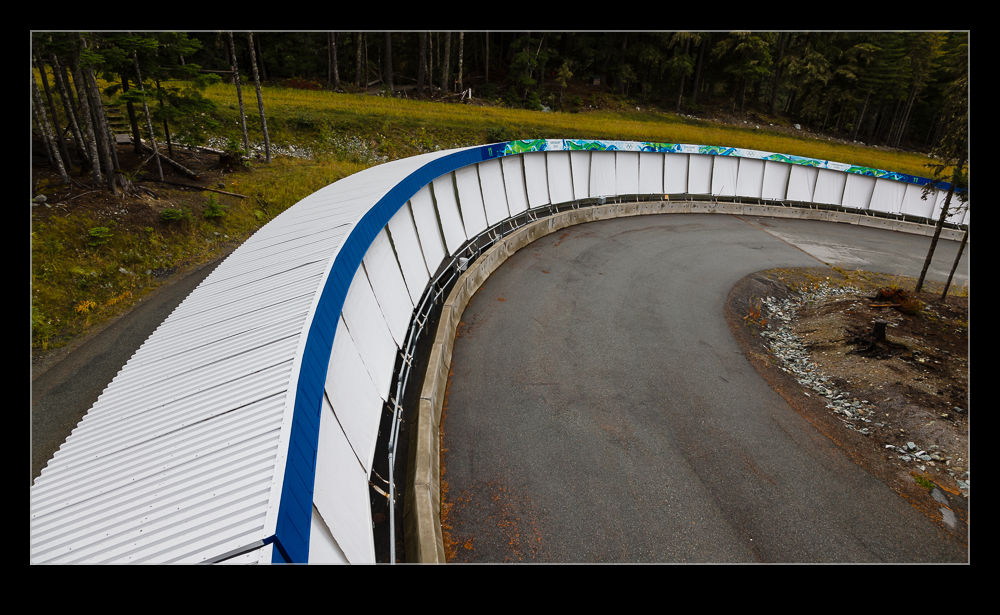 For some strange reason, the first few days we were in Whistler, I didn’t think about some of the locations that should be there for a Winter Olympics. Then I saw a sign for the Sliding Centre and decided to check it out. This was the home of the bobsled, luge and skeleton events. I don’t know what I had been thinking but the place really surprised me. I knew that the course was down a hill and how fast the competitors go but I hadn’t realized just how steep the descent would be. I figured sliding downhill on ice, it wasn’t hard to go really fast.
For some strange reason, the first few days we were in Whistler, I didn’t think about some of the locations that should be there for a Winter Olympics. Then I saw a sign for the Sliding Centre and decided to check it out. This was the home of the bobsled, luge and skeleton events. I don’t know what I had been thinking but the place really surprised me. I knew that the course was down a hill and how fast the competitors go but I hadn’t realized just how steep the descent would be. I figured sliding downhill on ice, it wasn’t hard to go really fast.
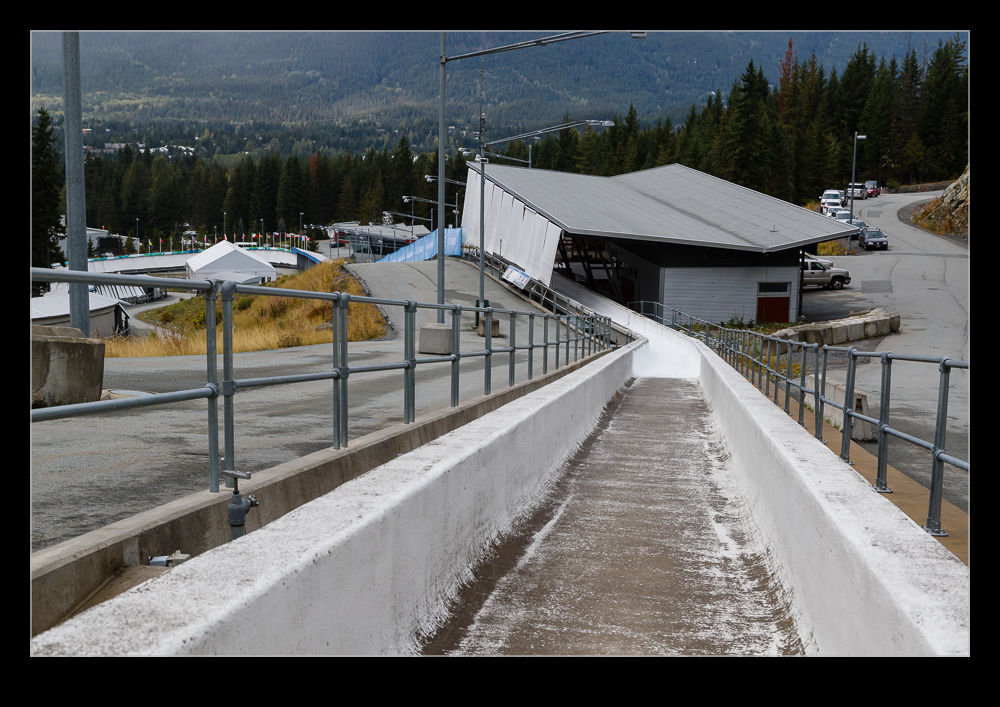 In fact, the run drops down some incredibly steep slopes. We were walking alongside the track and it was really steep just going up the road. Sadly, photographs never do justice to steep slopes but believe me when I say this place was steep. The idea of coming down it on a sledge seems insane. No wonder the crashes are so spectacular. Not only that but the end of the course always seems to be on the level when you watch it on TV. In fact, it goes back up the hill very steeply. This was also totally unexpected.
In fact, the run drops down some incredibly steep slopes. We were walking alongside the track and it was really steep just going up the road. Sadly, photographs never do justice to steep slopes but believe me when I say this place was steep. The idea of coming down it on a sledge seems insane. No wonder the crashes are so spectacular. Not only that but the end of the course always seems to be on the level when you watch it on TV. In fact, it goes back up the hill very steeply. This was also totally unexpected.
 We met a bunch of guys that were using knife like tools to shape the ice. Apparently, they had been running that morning and we had missed it. They were due to run the following afternoon but we were leaving before that. It was a shame to miss the action. As they weren’t running, covers were over the entire course to protect it from the weather but you could still peak between the blinds to see the track itself. A very impressive place and I will have to try and get back there at some point to see the competitors in action.
We met a bunch of guys that were using knife like tools to shape the ice. Apparently, they had been running that morning and we had missed it. They were due to run the following afternoon but we were leaving before that. It was a shame to miss the action. As they weren’t running, covers were over the entire course to protect it from the weather but you could still peak between the blinds to see the track itself. A very impressive place and I will have to try and get back there at some point to see the competitors in action.
Cartmel
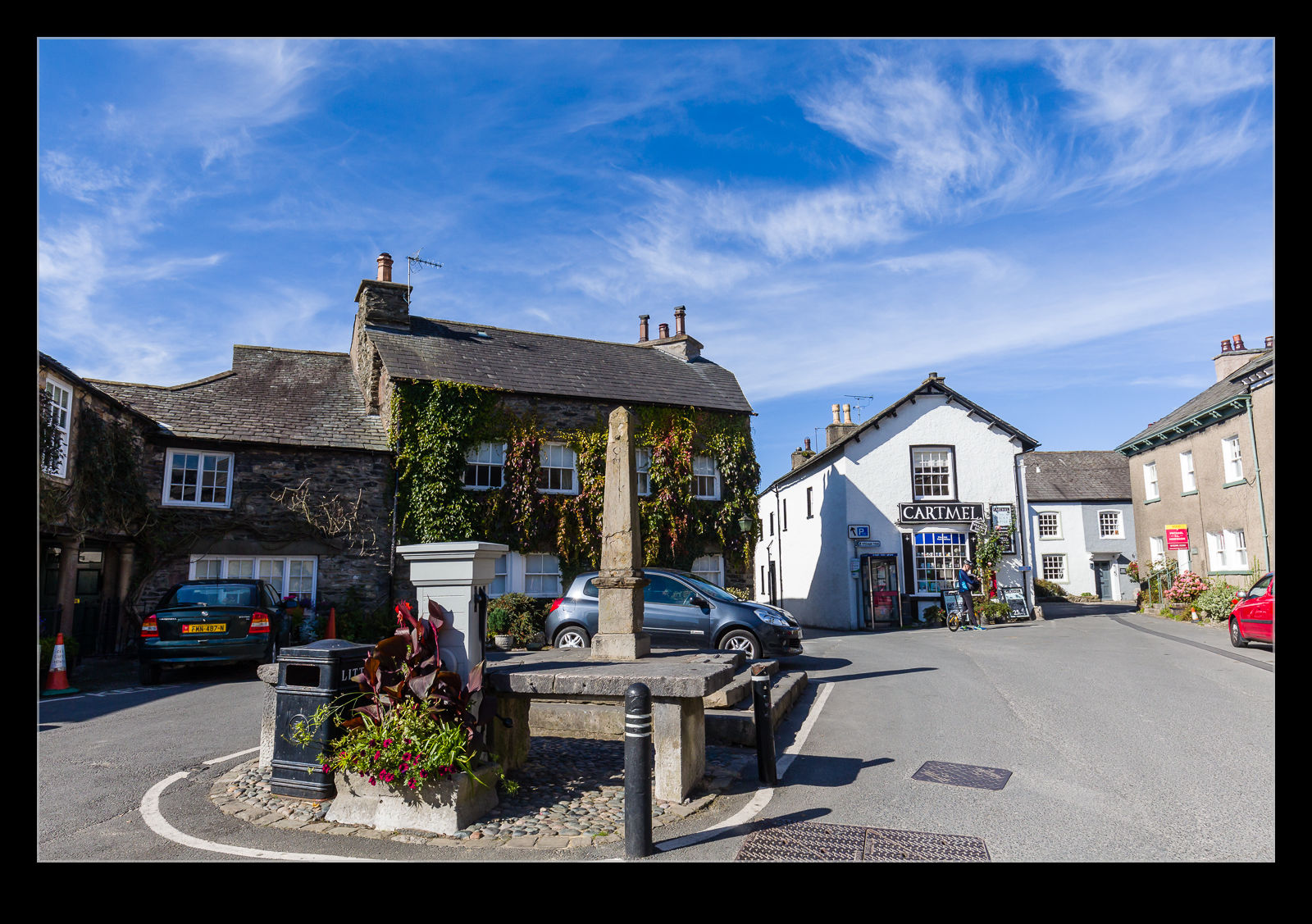 Cartmel is a small town at the south end of the Lake District. There is a food shop there that specializes in something Nancy wanted to take home which was why we were there in the first place. Of course, we had to take a look around while we were there. Apart from the center of the town and the Priory (of which more in another post), the town is particularly well known for having a race course. We weren’t there during a meet but we did park in an area that involved driving over the end of the race course itself.
Cartmel is a small town at the south end of the Lake District. There is a food shop there that specializes in something Nancy wanted to take home which was why we were there in the first place. Of course, we had to take a look around while we were there. Apart from the center of the town and the Priory (of which more in another post), the town is particularly well known for having a race course. We weren’t there during a meet but we did park in an area that involved driving over the end of the race course itself.
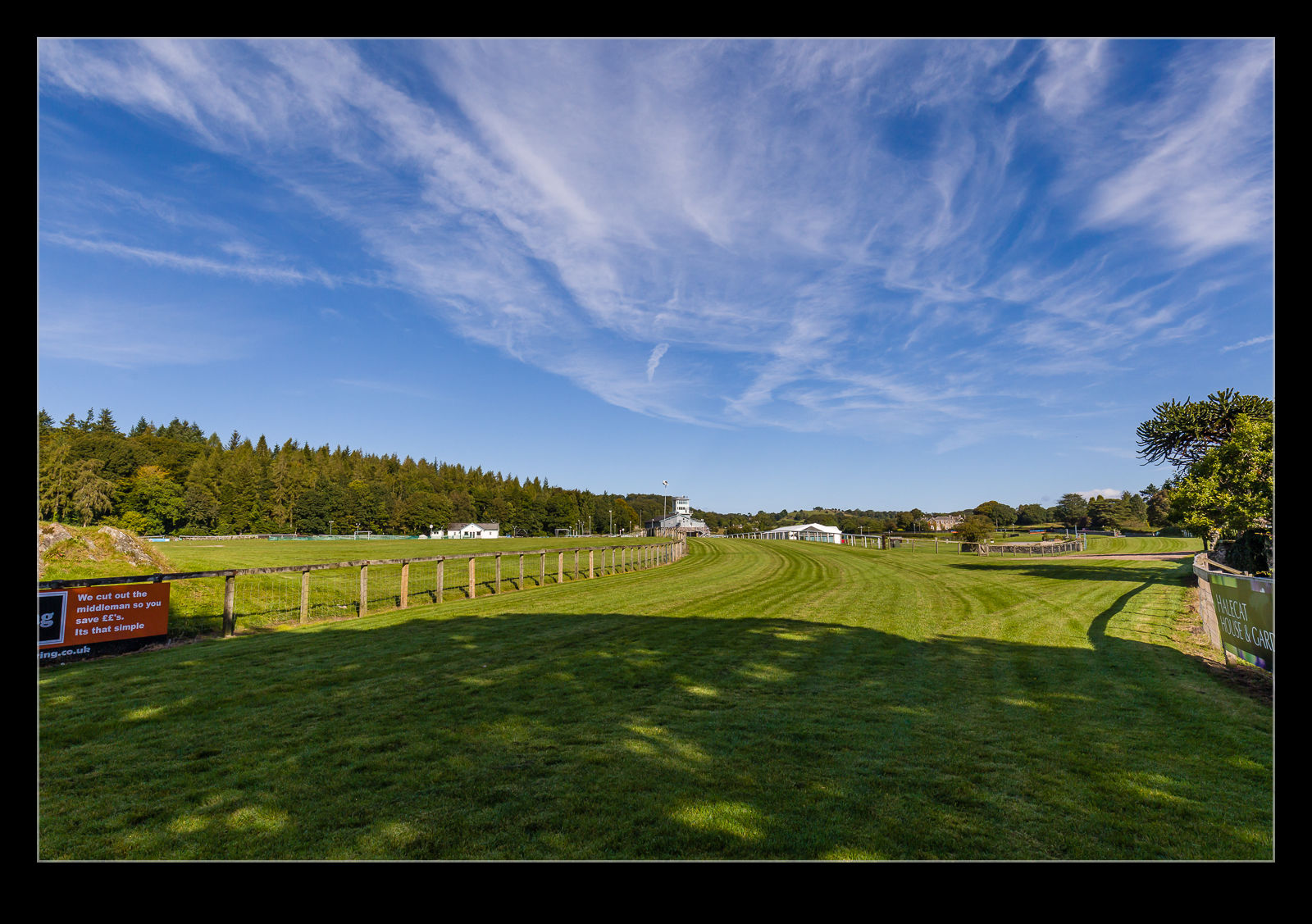 As you walk across the track, so can see up to the starting locations and the finishing straight with the grandstand. The grass was in excellent condition. It appeared to be a course that included flat racing and hurdles although I have never been there during a meet so don’t know which type of racing is most common. Looking up the straight, you could imagine a bunch of horse thundering towards you with the crowds cheering and hoping for a big win.
As you walk across the track, so can see up to the starting locations and the finishing straight with the grandstand. The grass was in excellent condition. It appeared to be a course that included flat racing and hurdles although I have never been there during a meet so don’t know which type of racing is most common. Looking up the straight, you could imagine a bunch of horse thundering towards you with the crowds cheering and hoping for a big win.
Geotagging
A long time ago, I became intrigued by the idea of having location tag information appended to my images. It wasn’t something that I considered to be vital but it did seem to be potentially useful. However, as I am a Canon shooter, I quickly discovered that this was not going to be something that I could easily achieve. There were a number of GPS devices that you could attach to the hot shoe of a camera and plug in to the USB port but they worked on Nikons while the Canons did not interface with them.
I was a touch disappointed but not so much that it changed my life. I gave up on geotagging for a while until Lightroom 4 came along. It has a useful map module that allows you to see where images were taken if they have coordinates associated with them and so search for shots in a given area. More importantly for me, it allowed you to drag and drop images onto the map to embed the data if they didn’t originally have it. This became part of my workflow.
It did get me more interested in the idea of having real time data with the images rather than trying to decide which shots were taken where. The easiest option appeared to be getting a GPS tracking app for my phone to try. I took a look at the apps available. There are many of them, most of which seemed to be focused on keeping track of members of your family! All rather creepy. All I wanted was something that would keep a track of my location without draining the battery too much.
I settled on an app called GPX Master. It seemed to do what I wanted and had some good reviews. There is a free version with ads embedded or a paid version without ads. Since I was planning on it running in the background, having ads I would rarely see seemed useful. Moreover, it would automatically sync any track files I create with my Dropbox account. I have now taken it out for its first run. The results are very positive.
I was out shooting in a location but I did move a few times. When I got home, I imported my images to Lightroom and turned to the map module. I had checked that the clocks on the cameras were accurate since the time code of the GPS is what makes the process work. The GPX format file was already on my computer courtesy of Dropbox so I was ready to go. At the bottom of the screen was the drop down to select the track file. This I did and a blue track was immediately overlaid on the map showing where I had been. I then went to the map options drop down at the top of the page and it offered to automatically tag all files based on this track. Bingo! It was done.
 It was so very easy. The images were grouped by their location. I zoomed in and saw that each location was actually a series of locations as I wandered around in each place. Very cool. I don’t know whether the tracks are absolutely accurate. They look pretty good to me. However, it is a lot more accurate than me guessing after the event. I am really impressed. The battery on the phone did not take much of a hit either so it looks like a promising approach. Now to remember to switch n the track whenever I am out shooting. I wonder how well I will do with that?
It was so very easy. The images were grouped by their location. I zoomed in and saw that each location was actually a series of locations as I wandered around in each place. Very cool. I don’t know whether the tracks are absolutely accurate. They look pretty good to me. However, it is a lot more accurate than me guessing after the event. I am really impressed. The battery on the phone did not take much of a hit either so it looks like a promising approach. Now to remember to switch n the track whenever I am out shooting. I wonder how well I will do with that?
